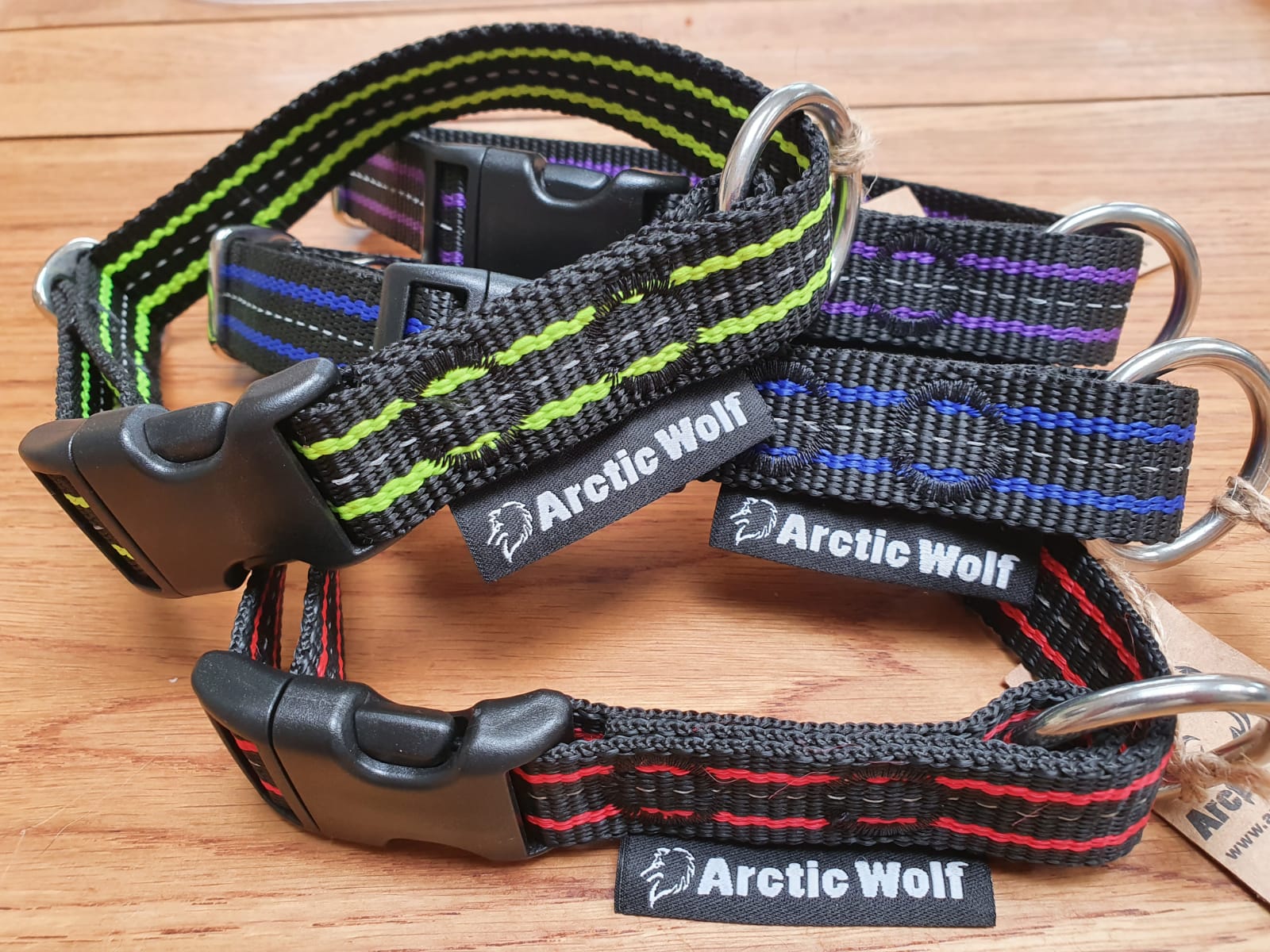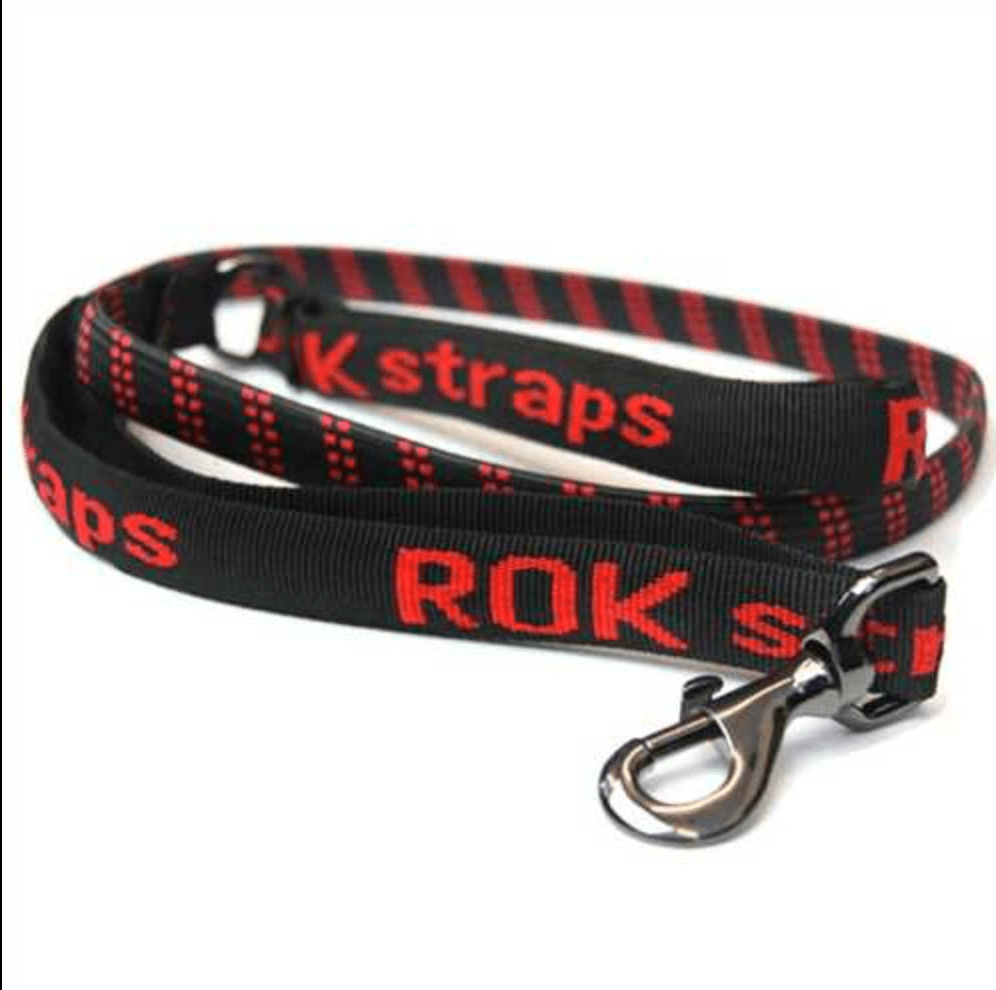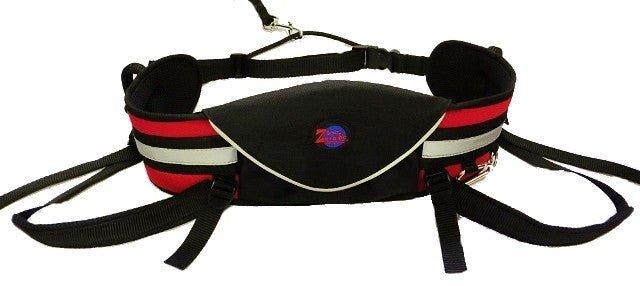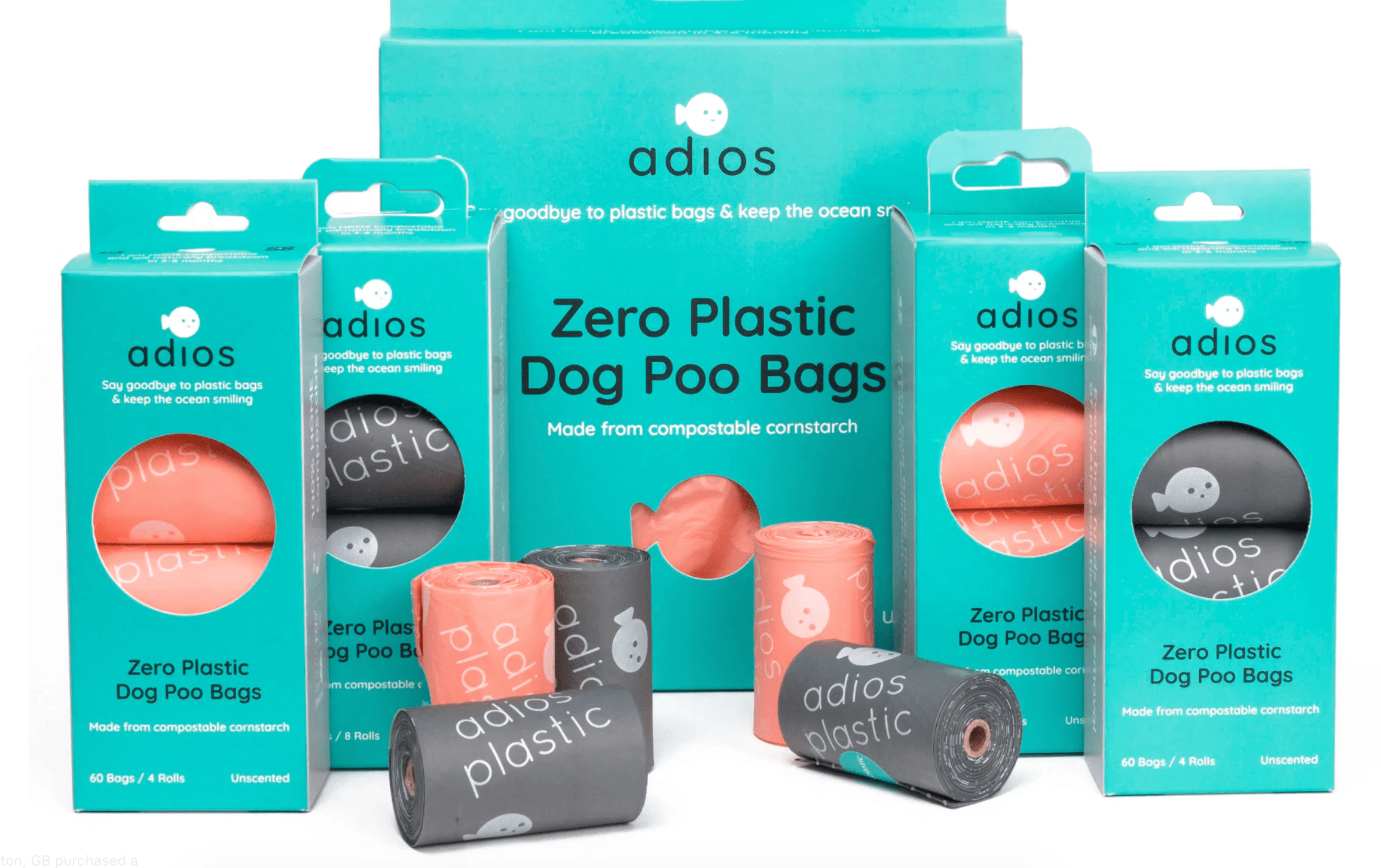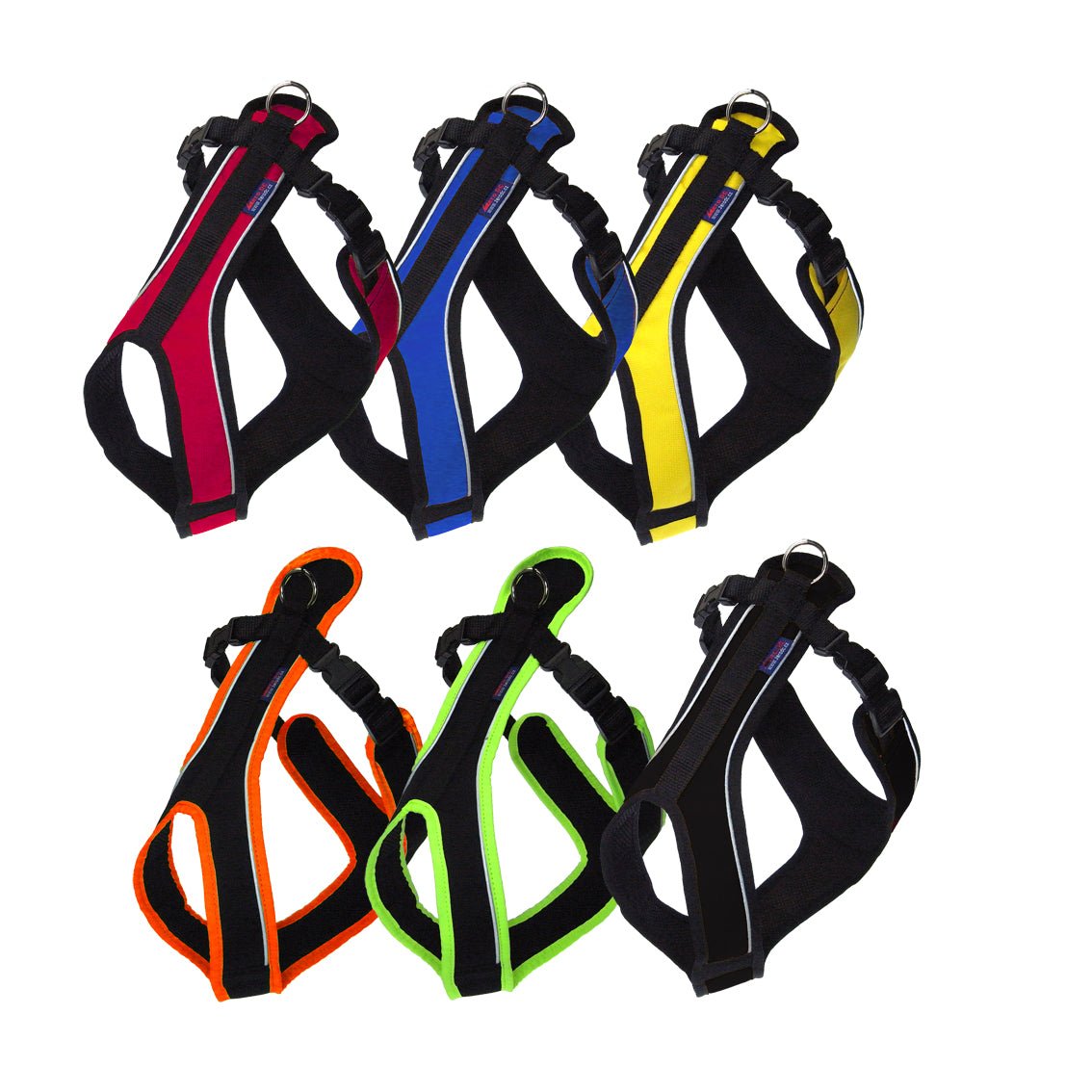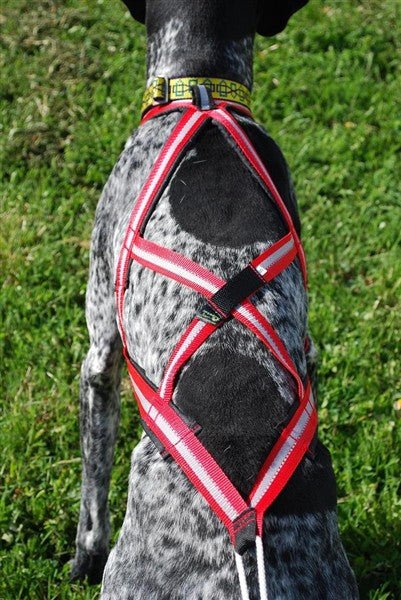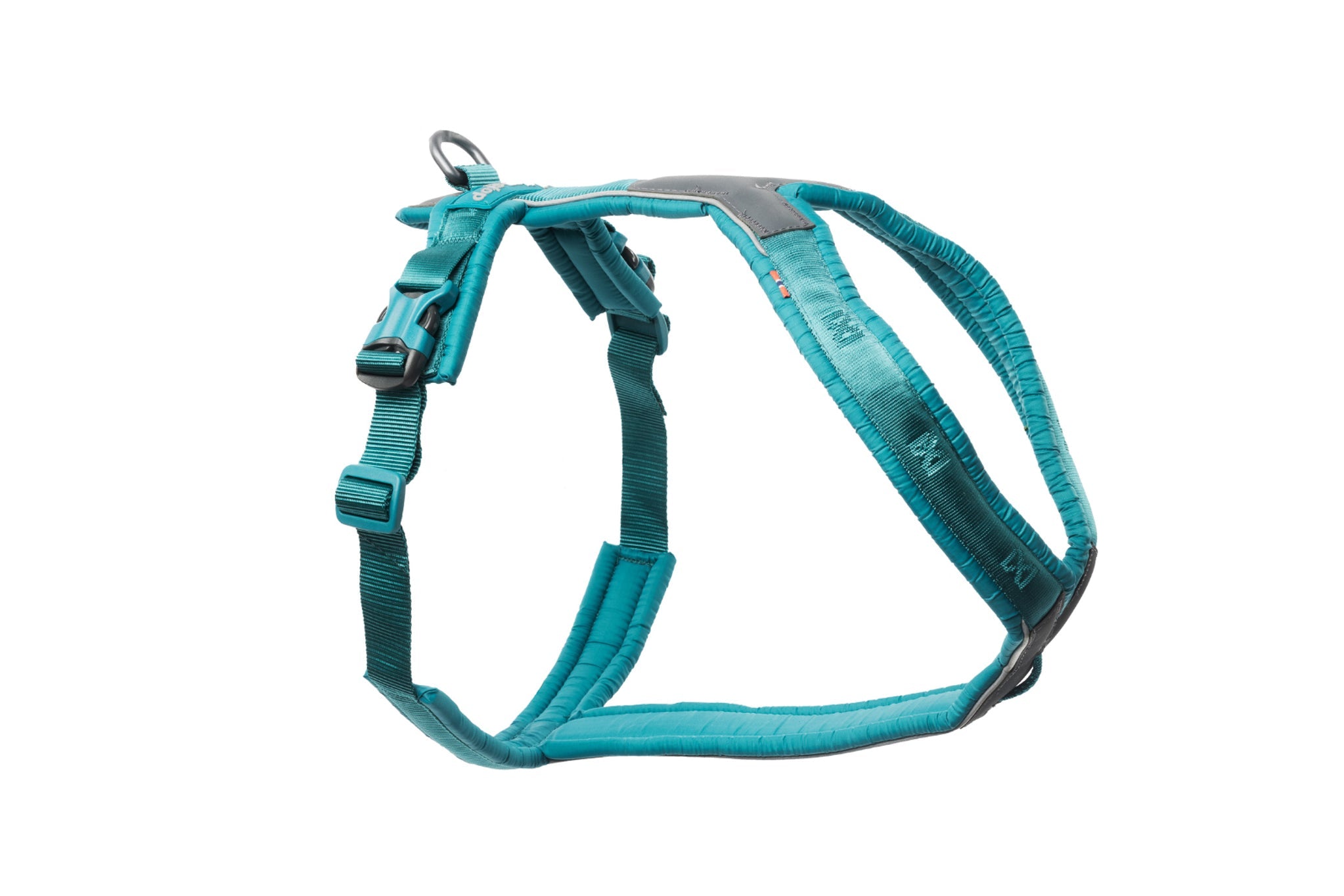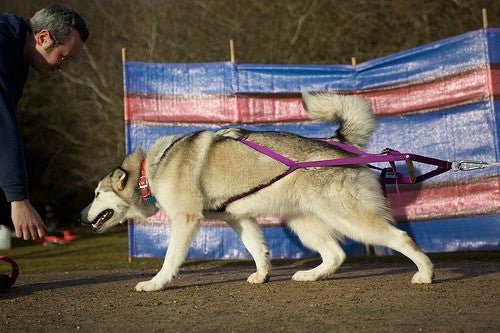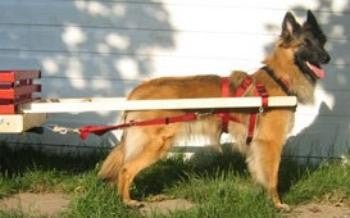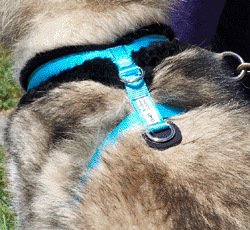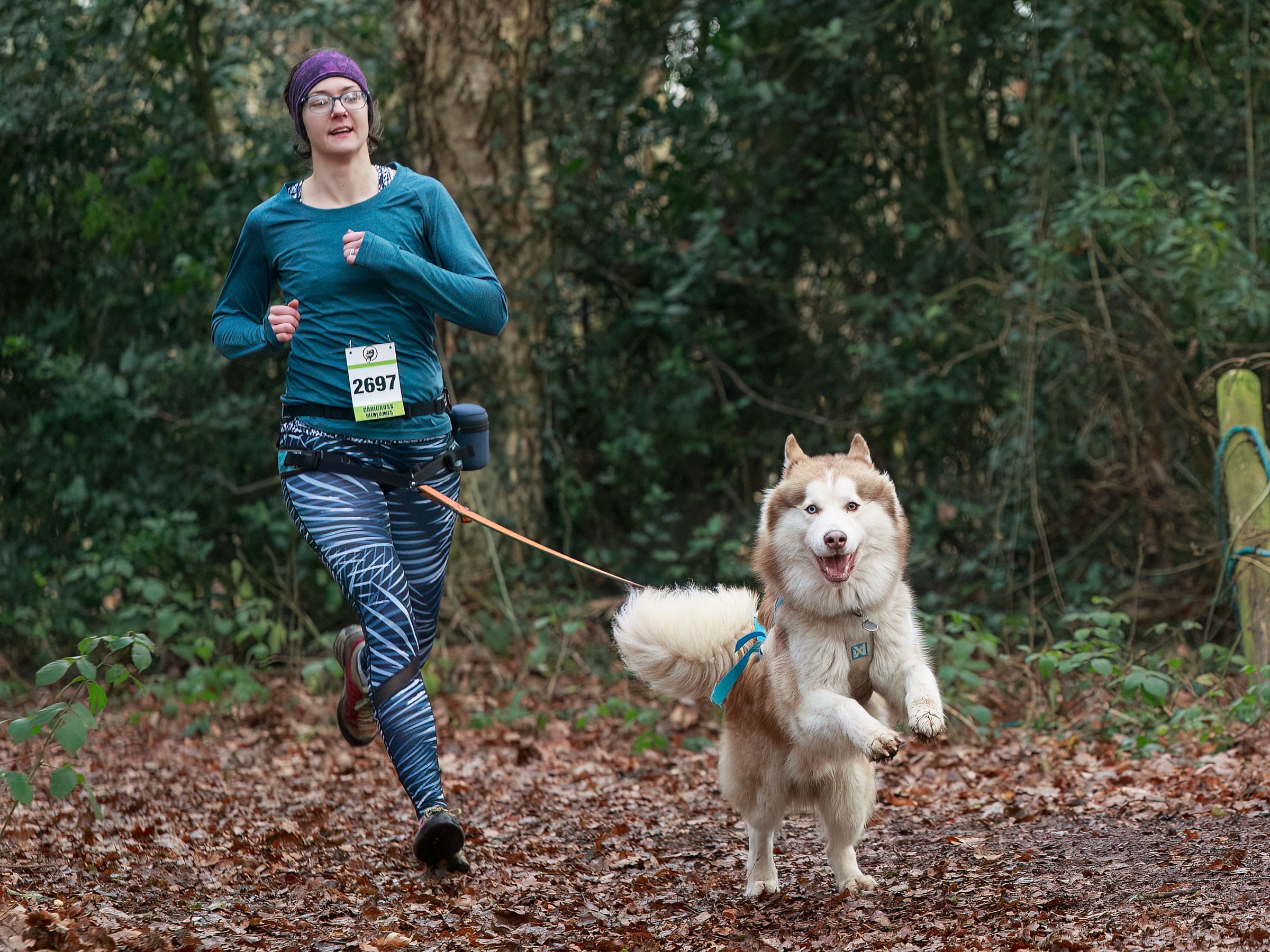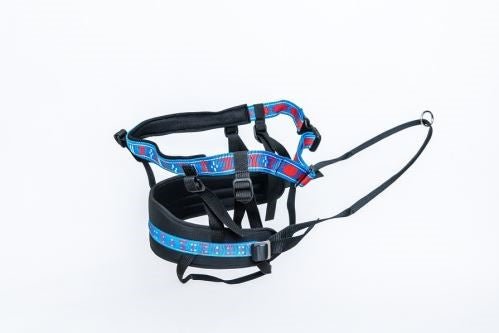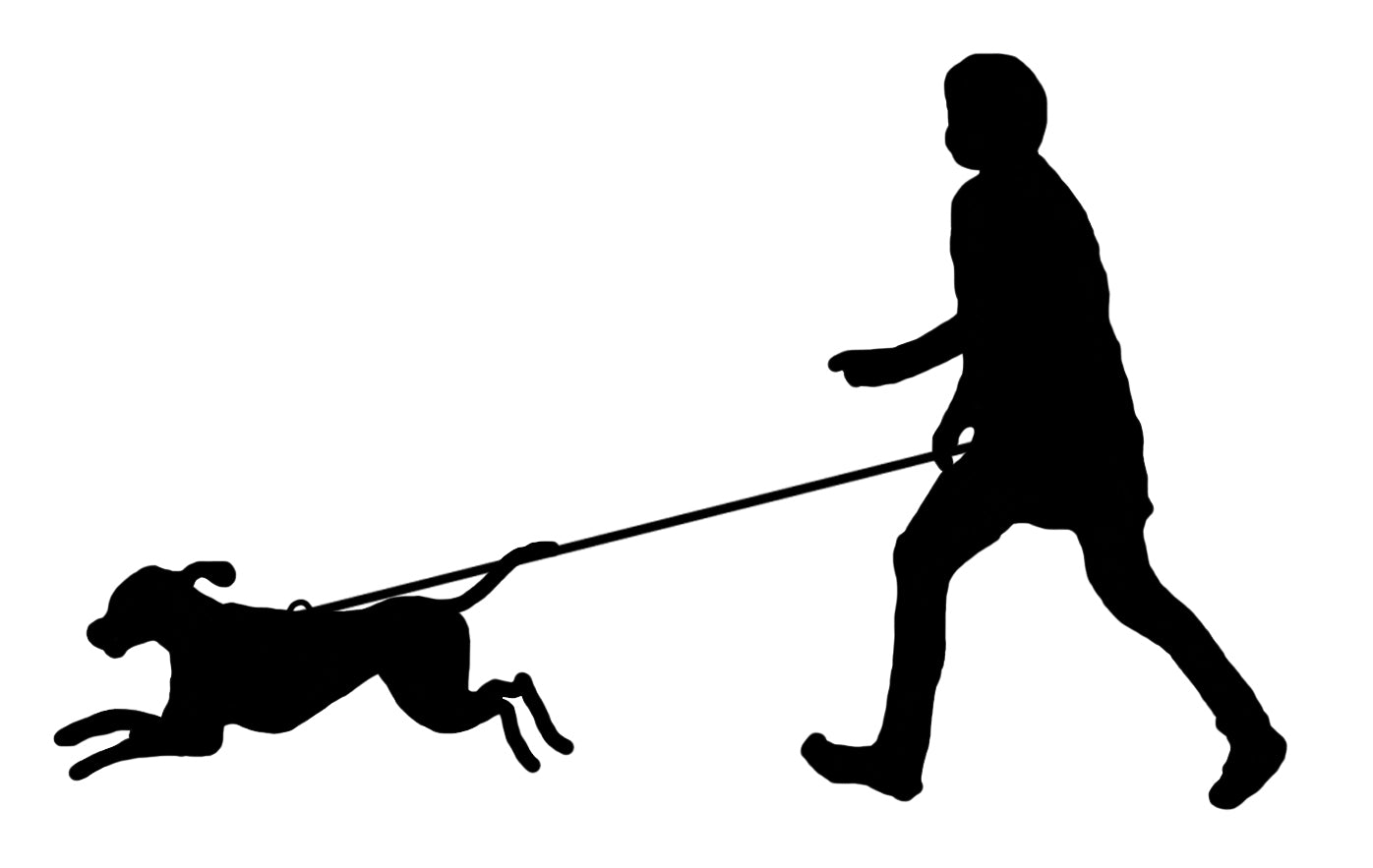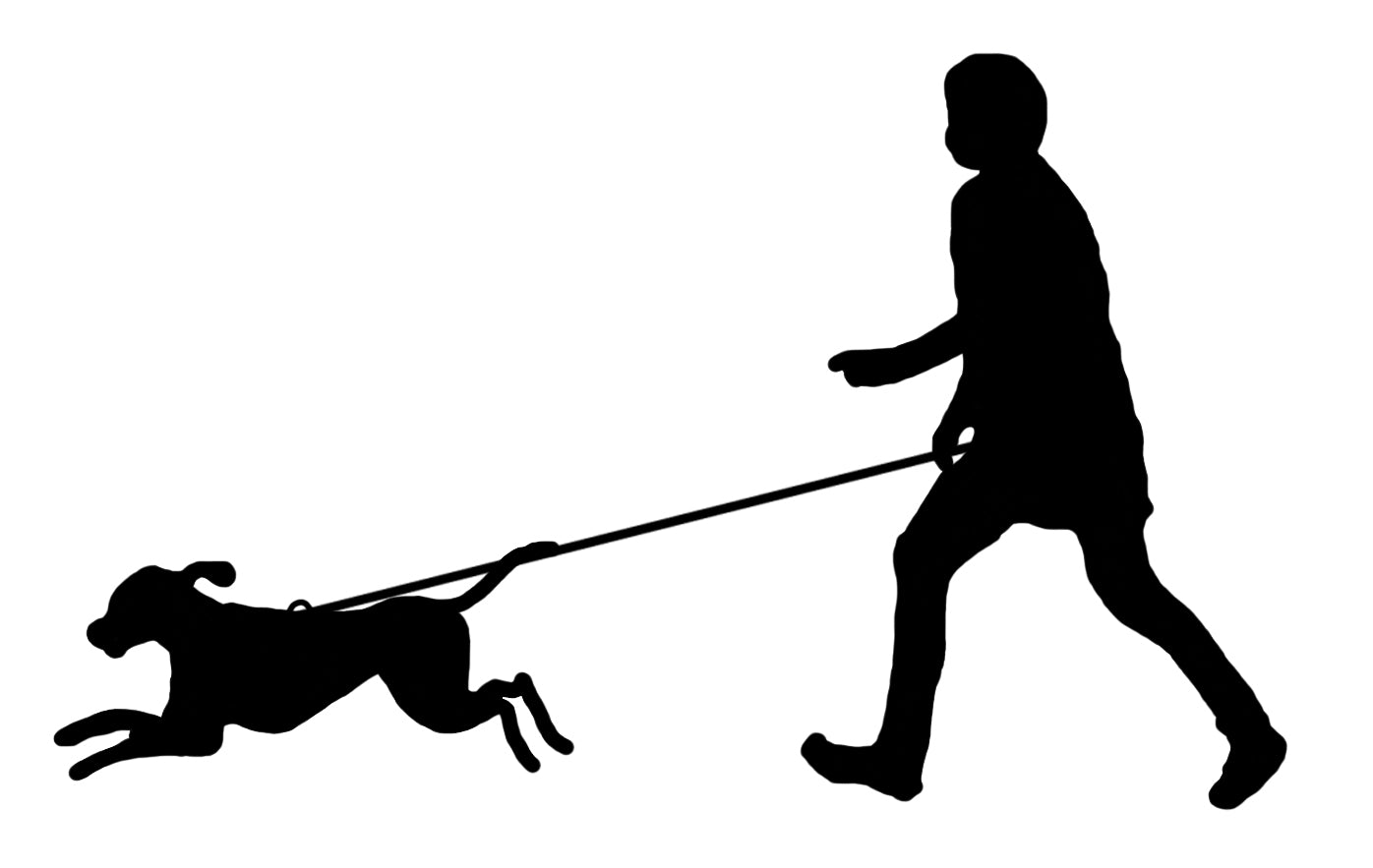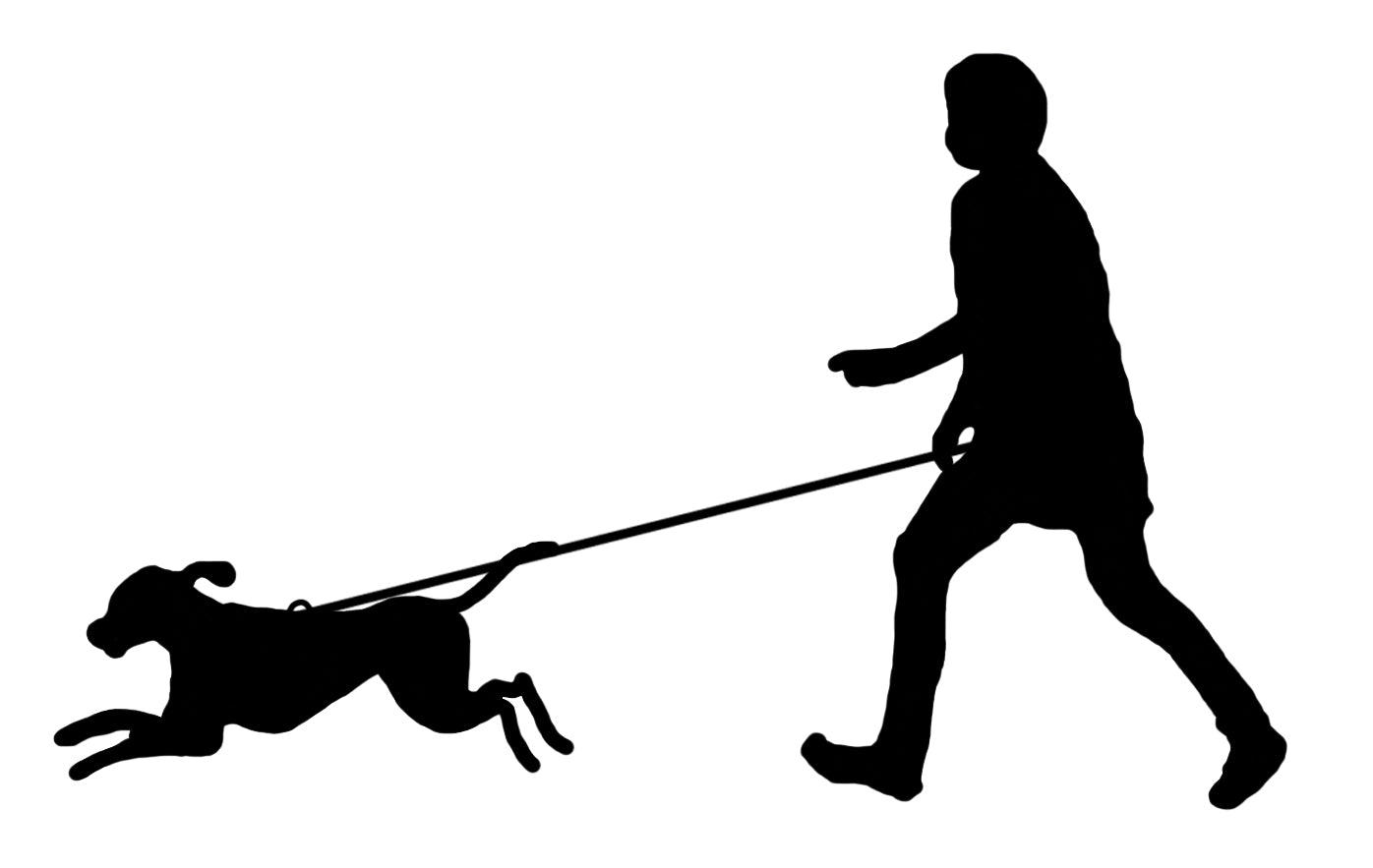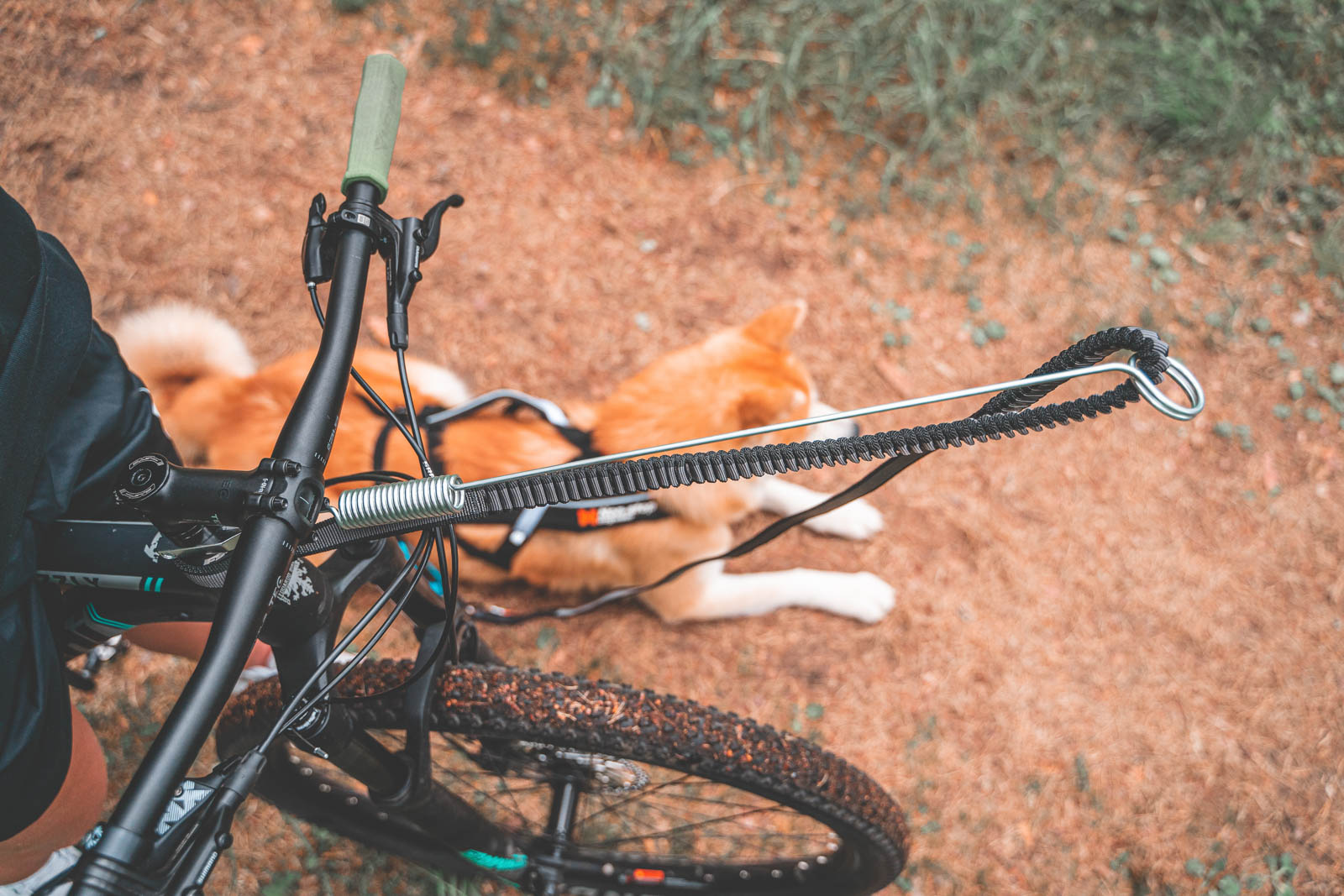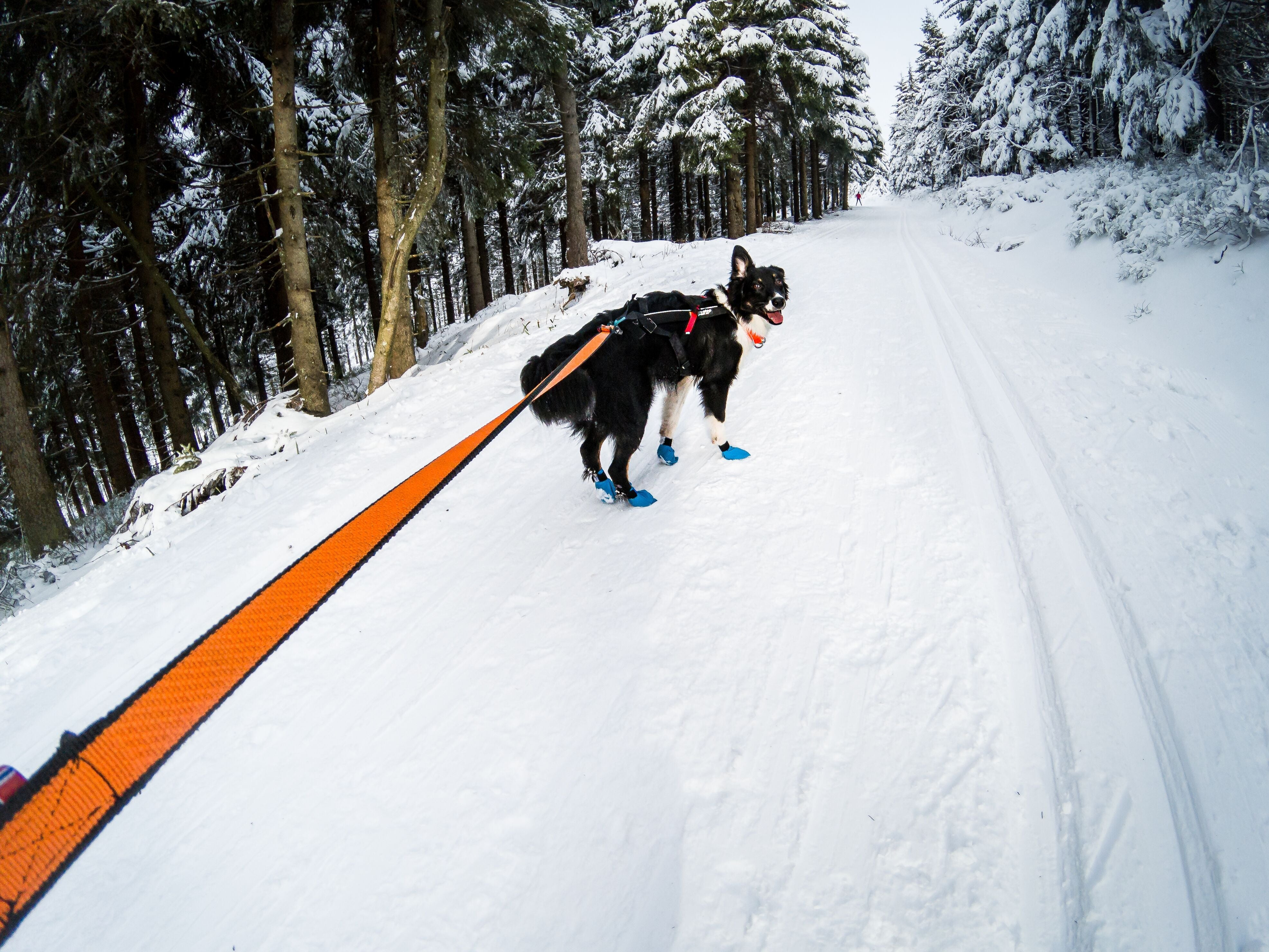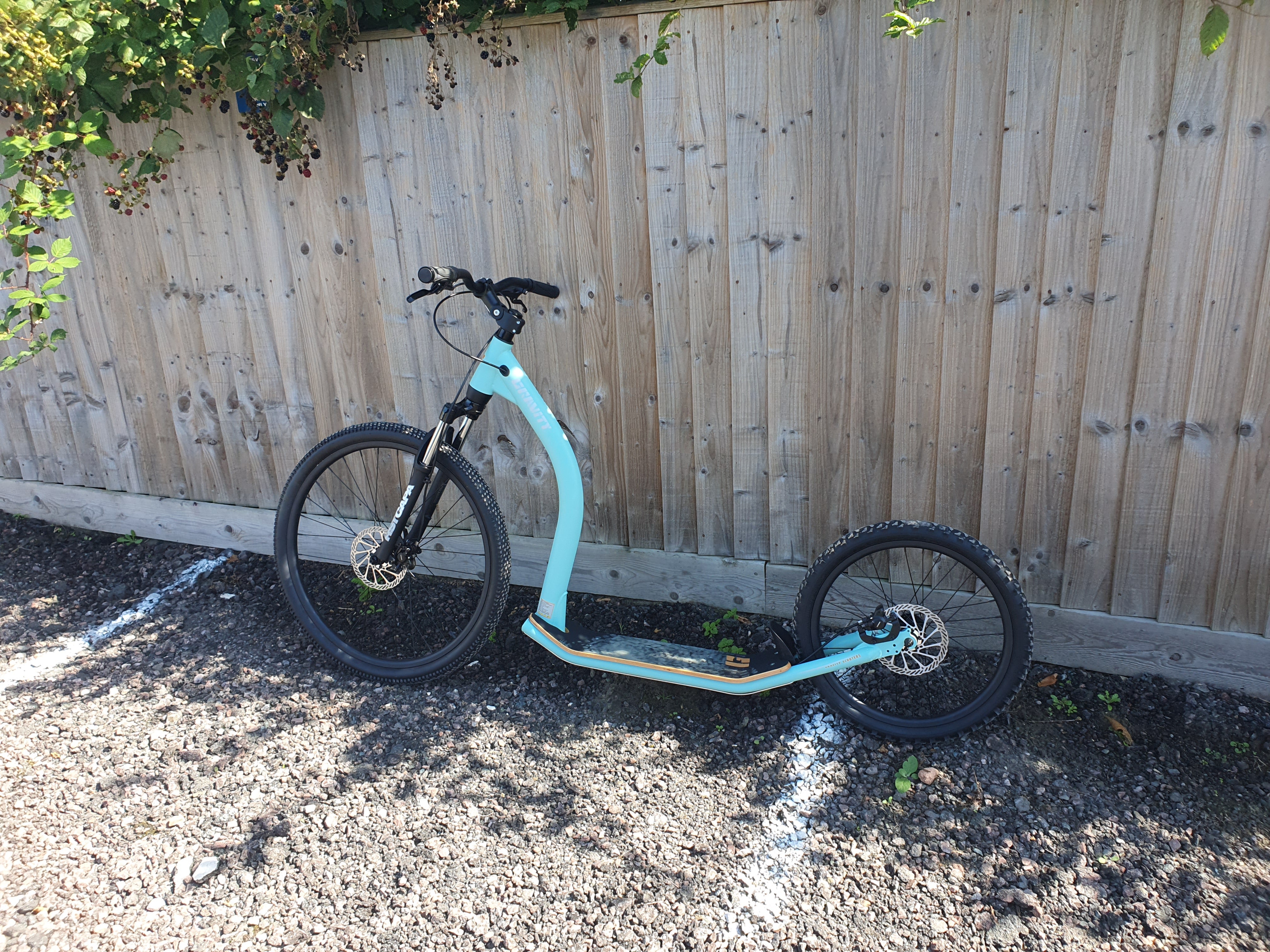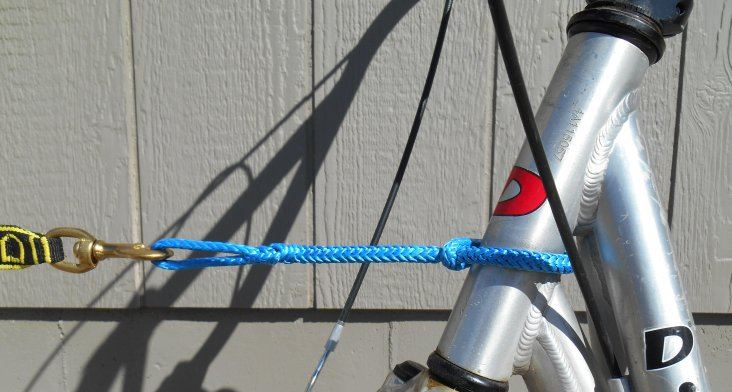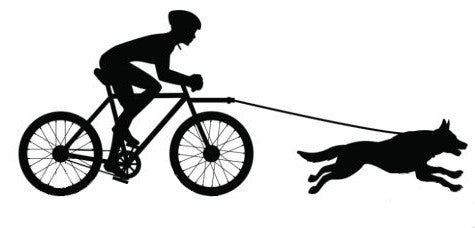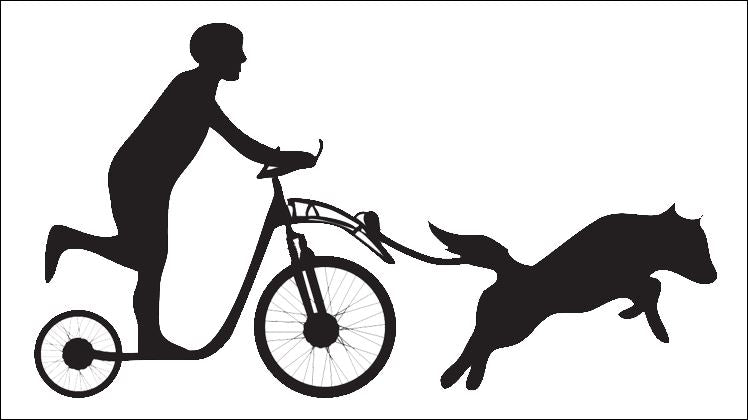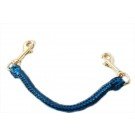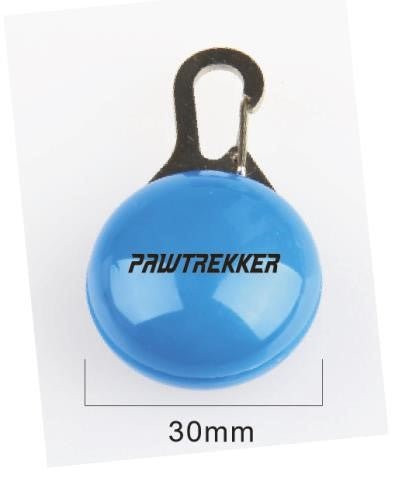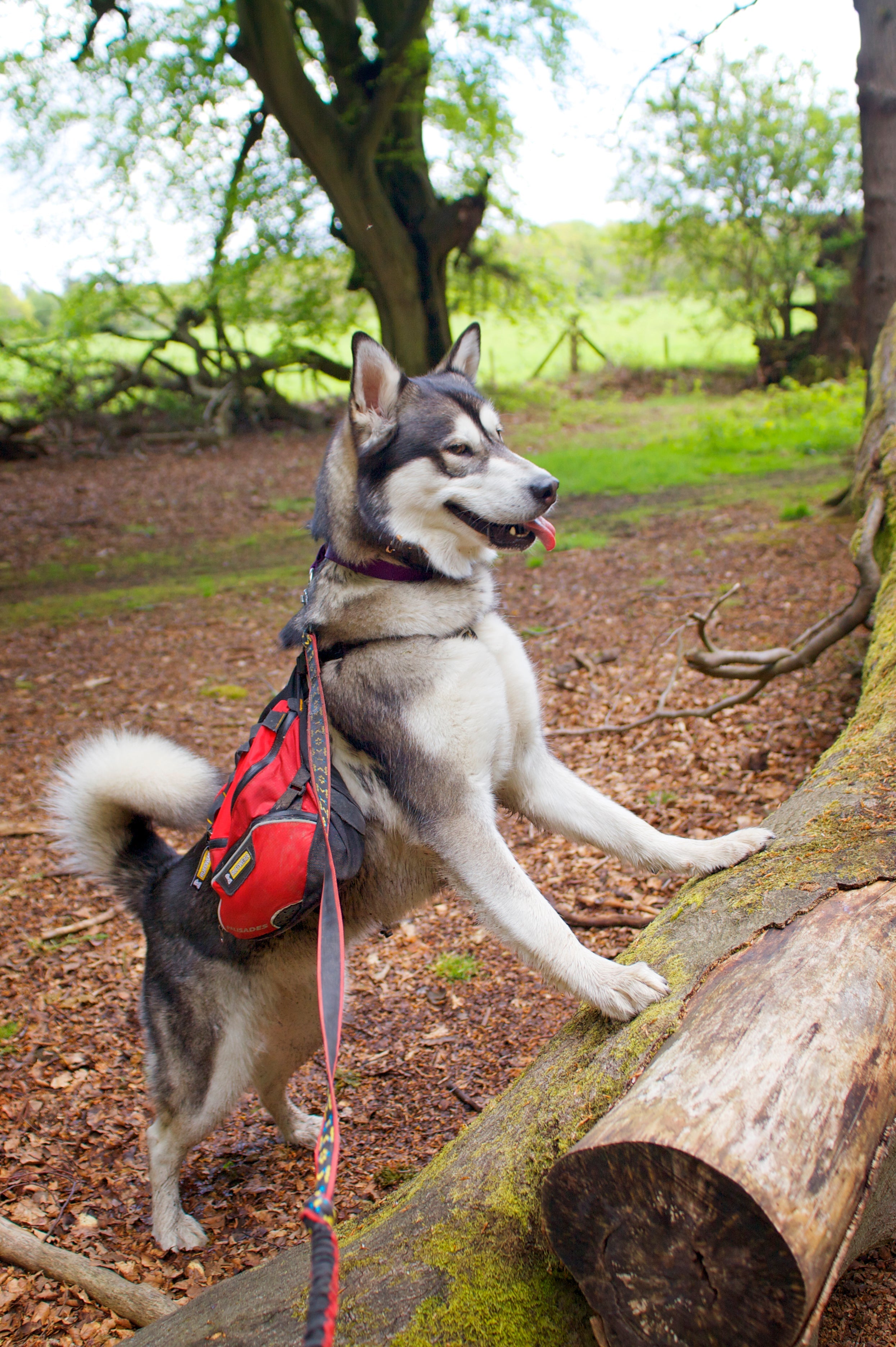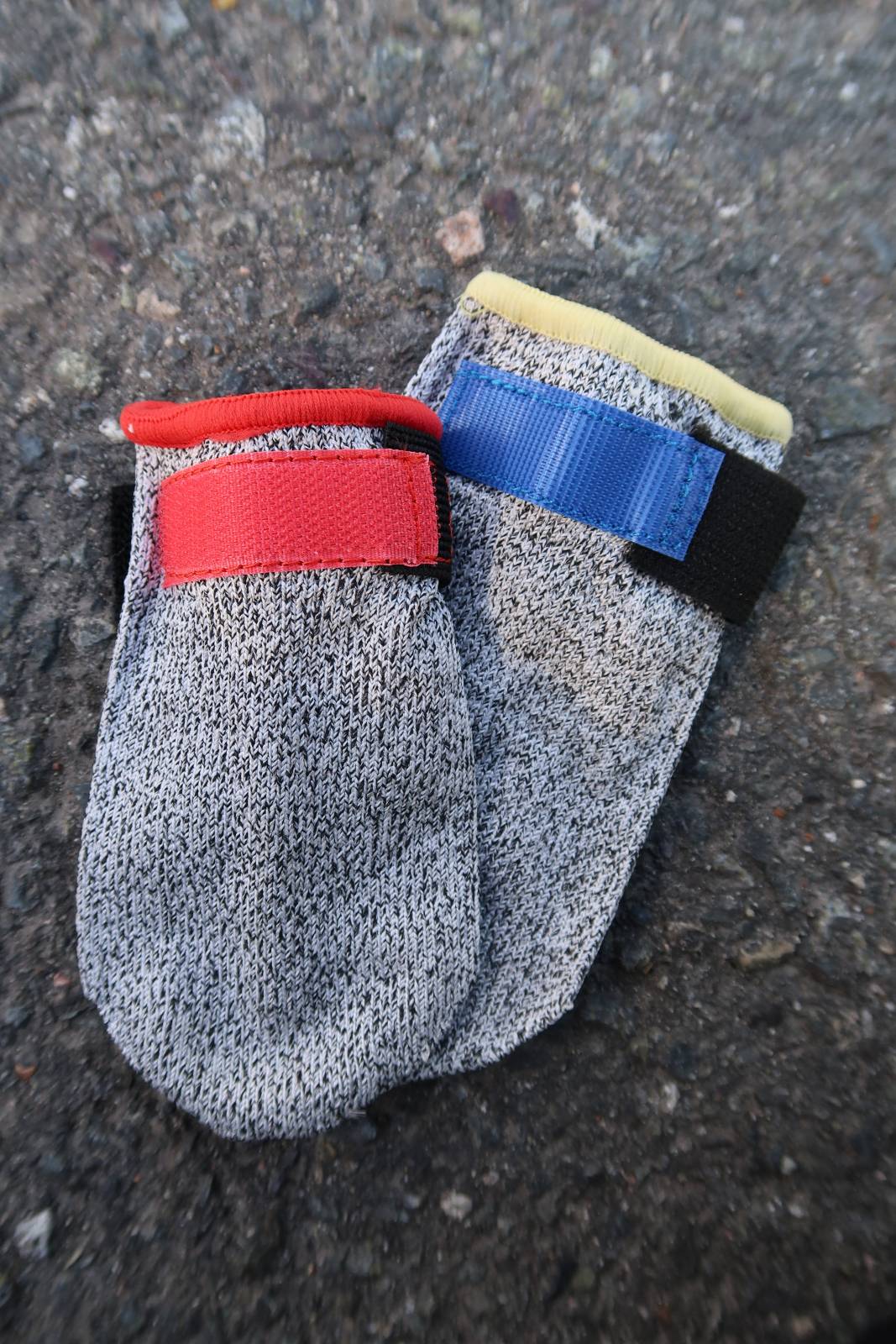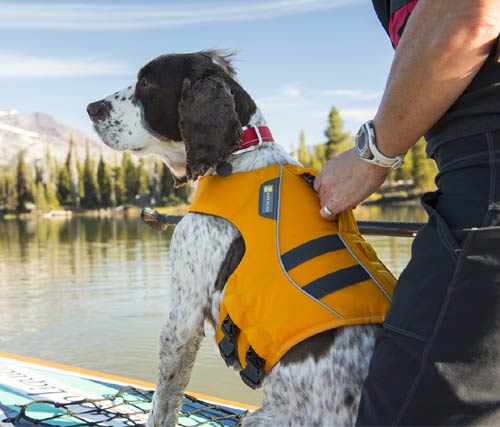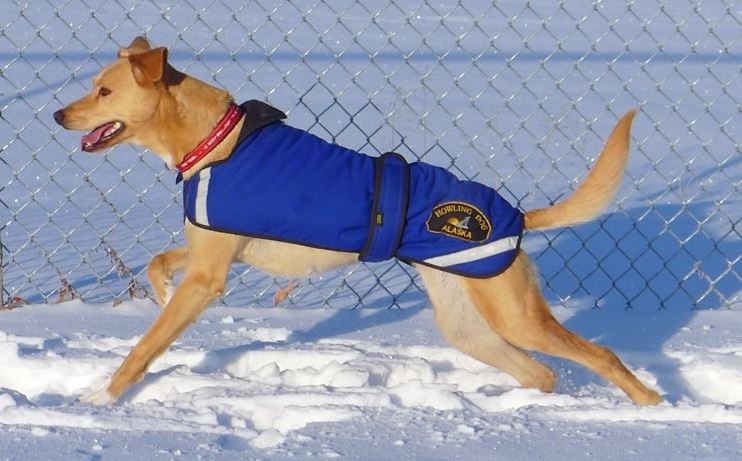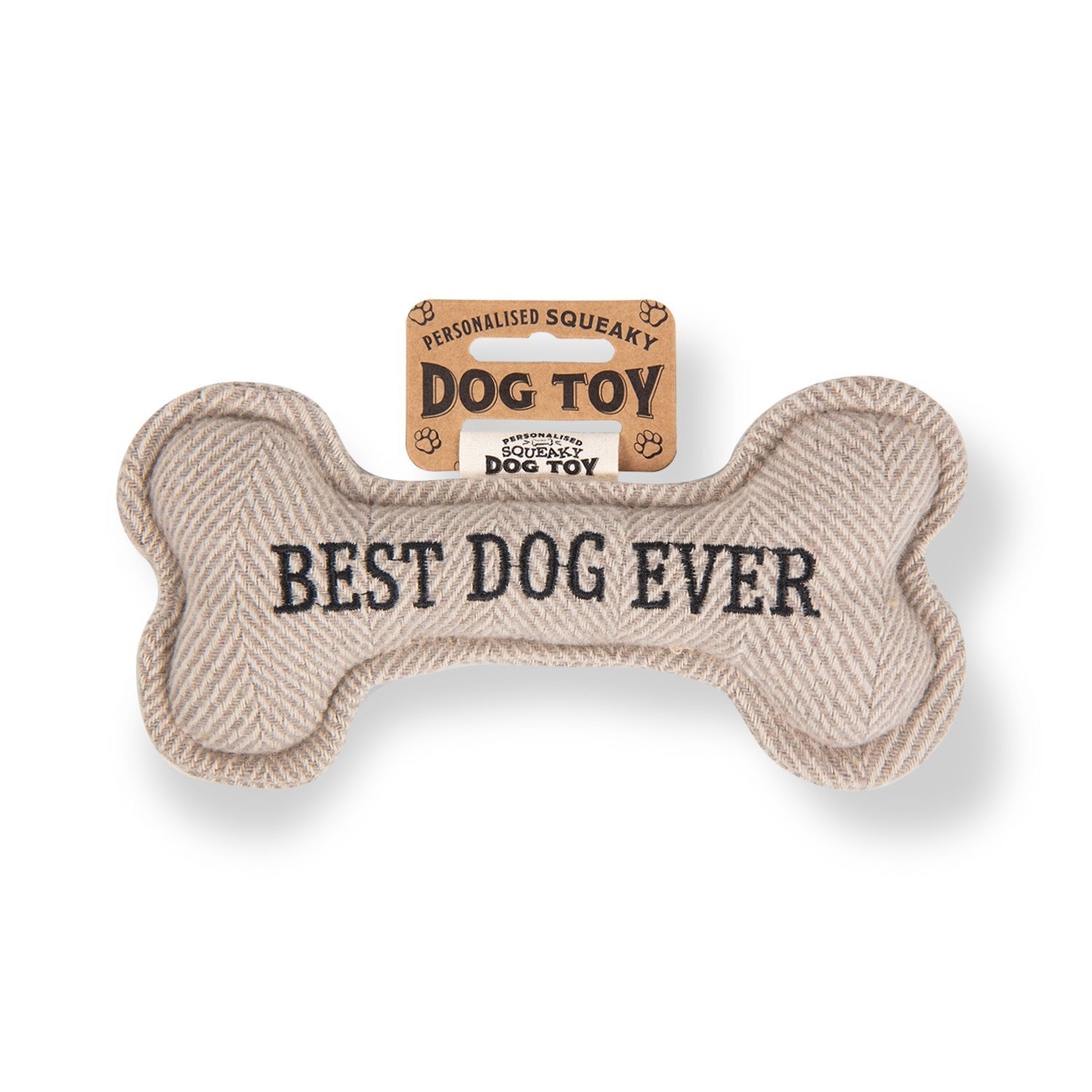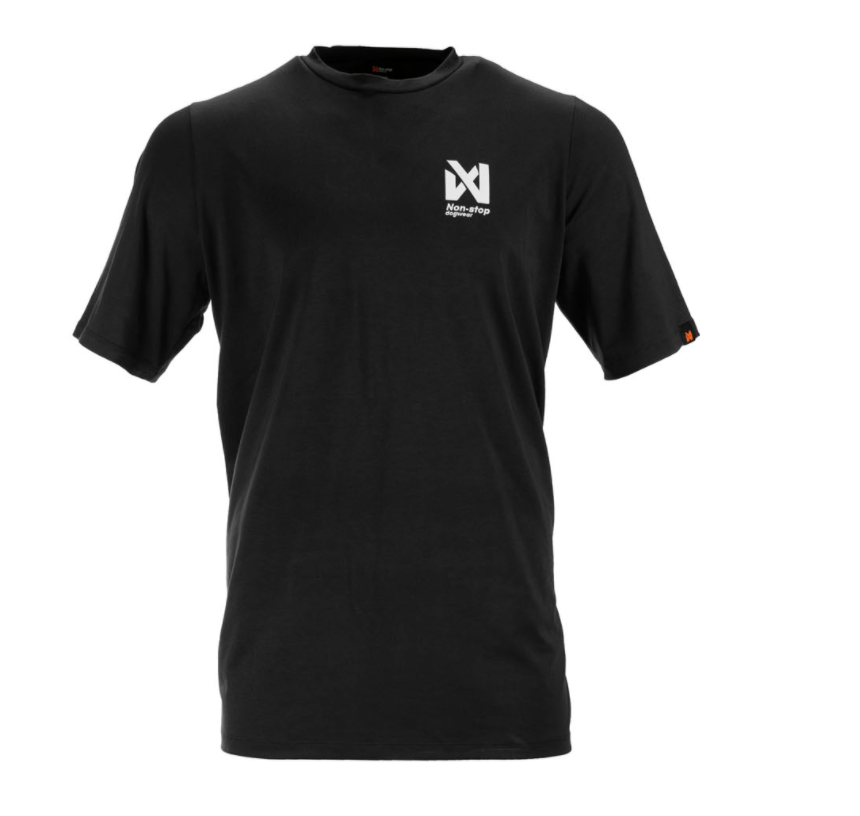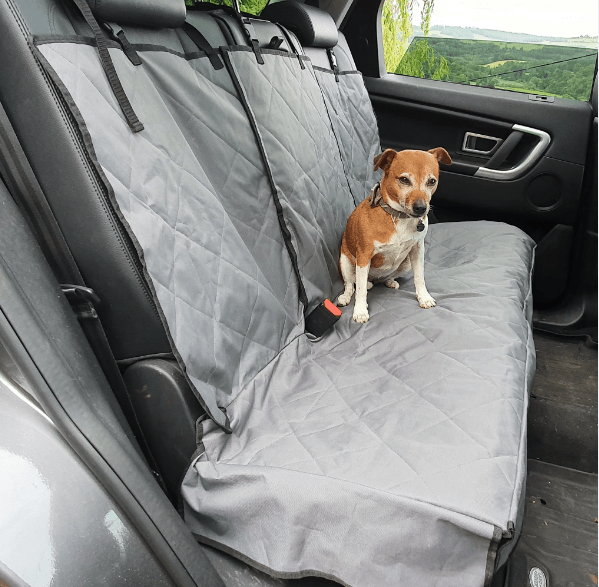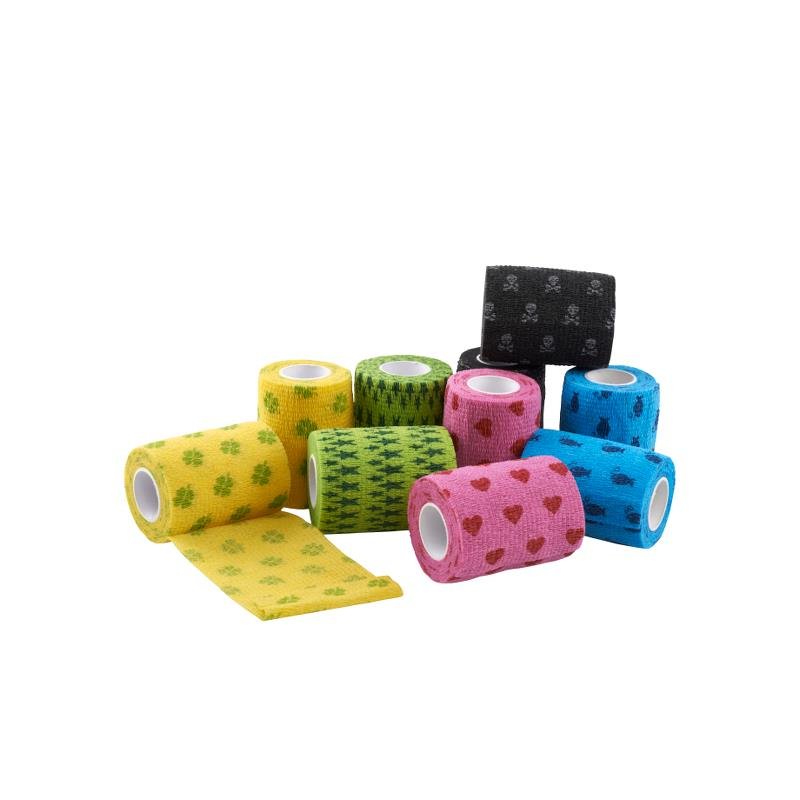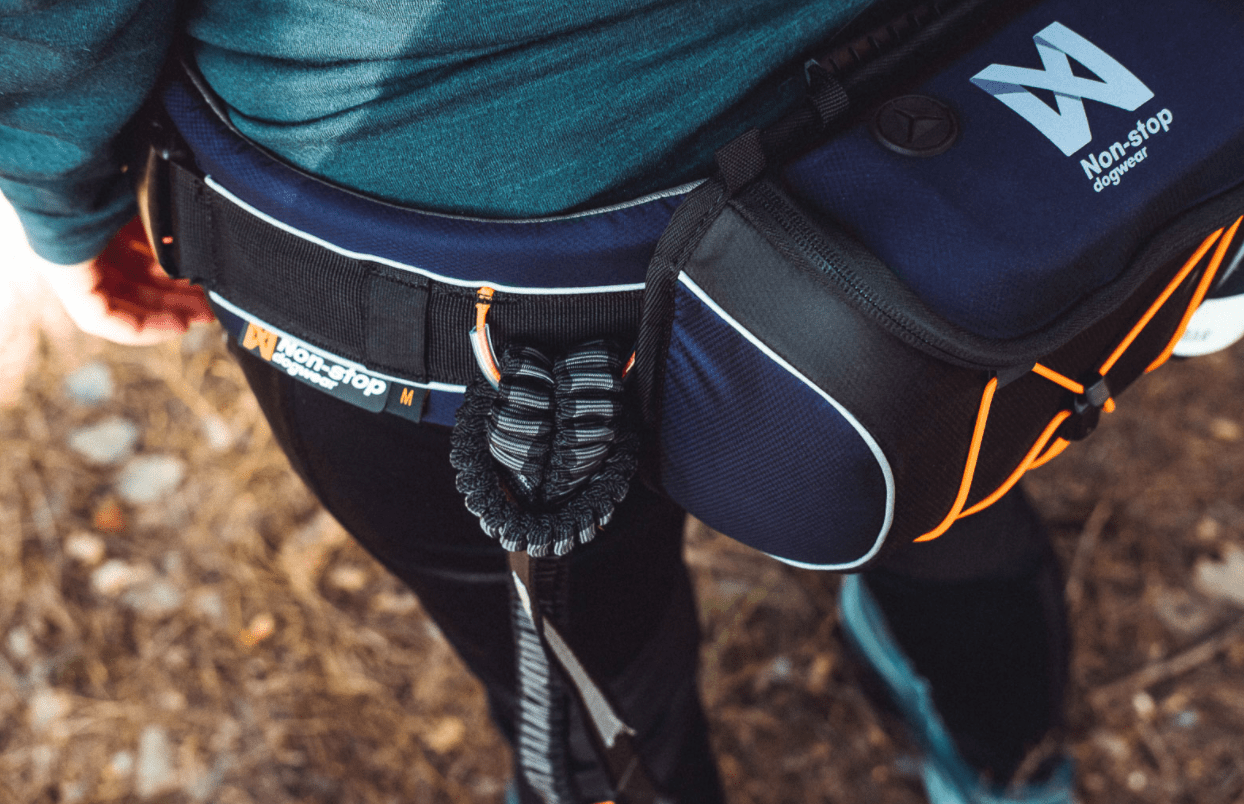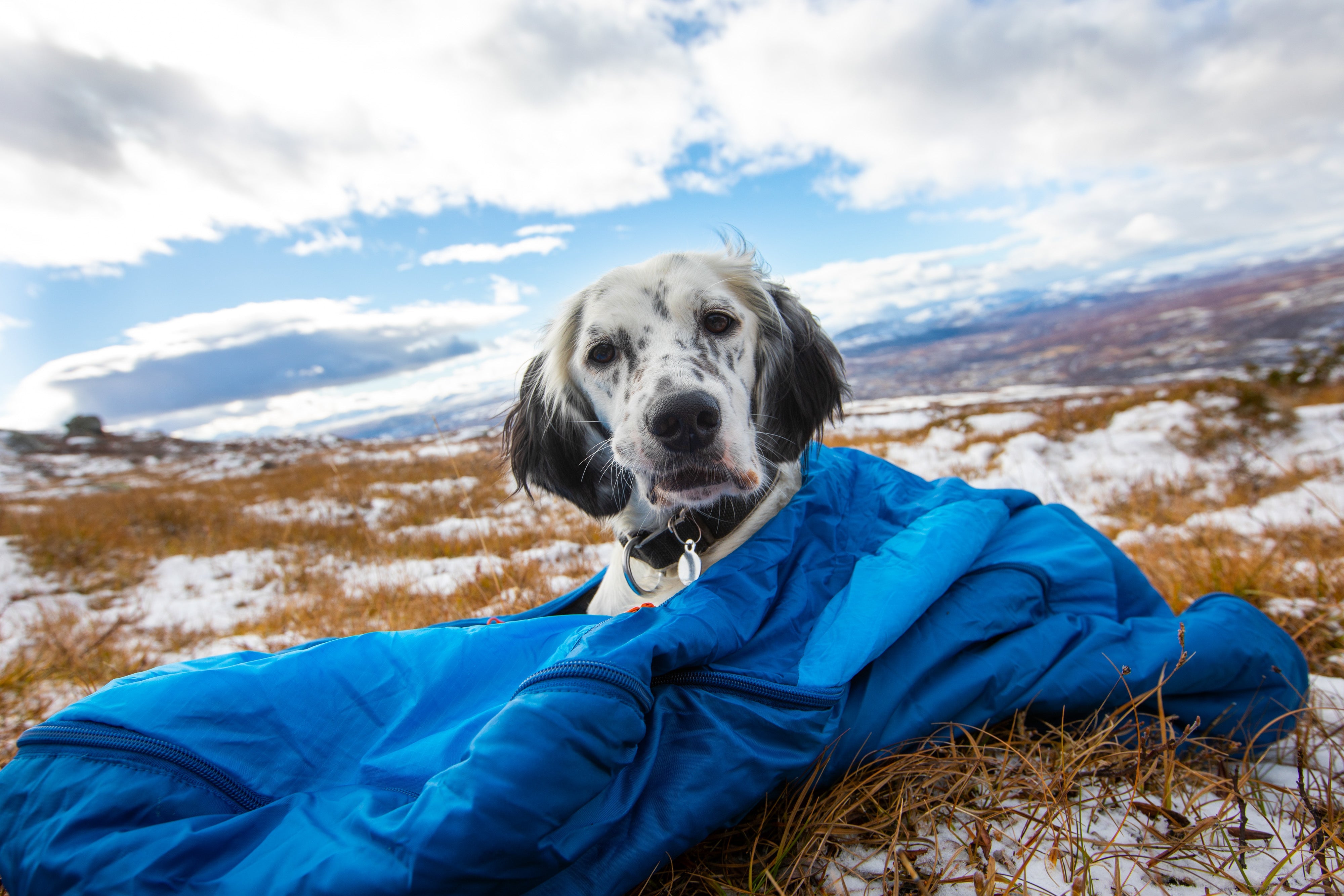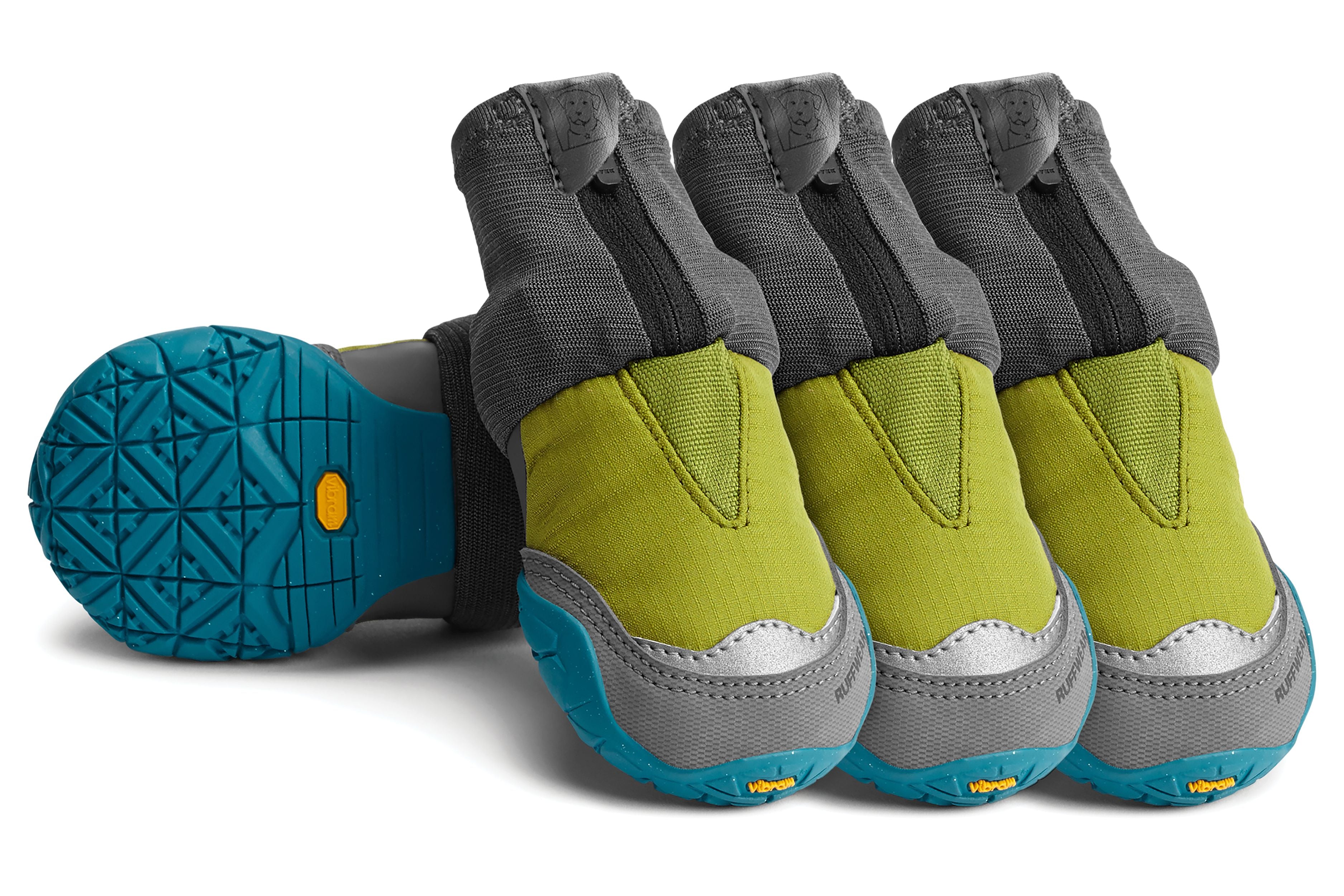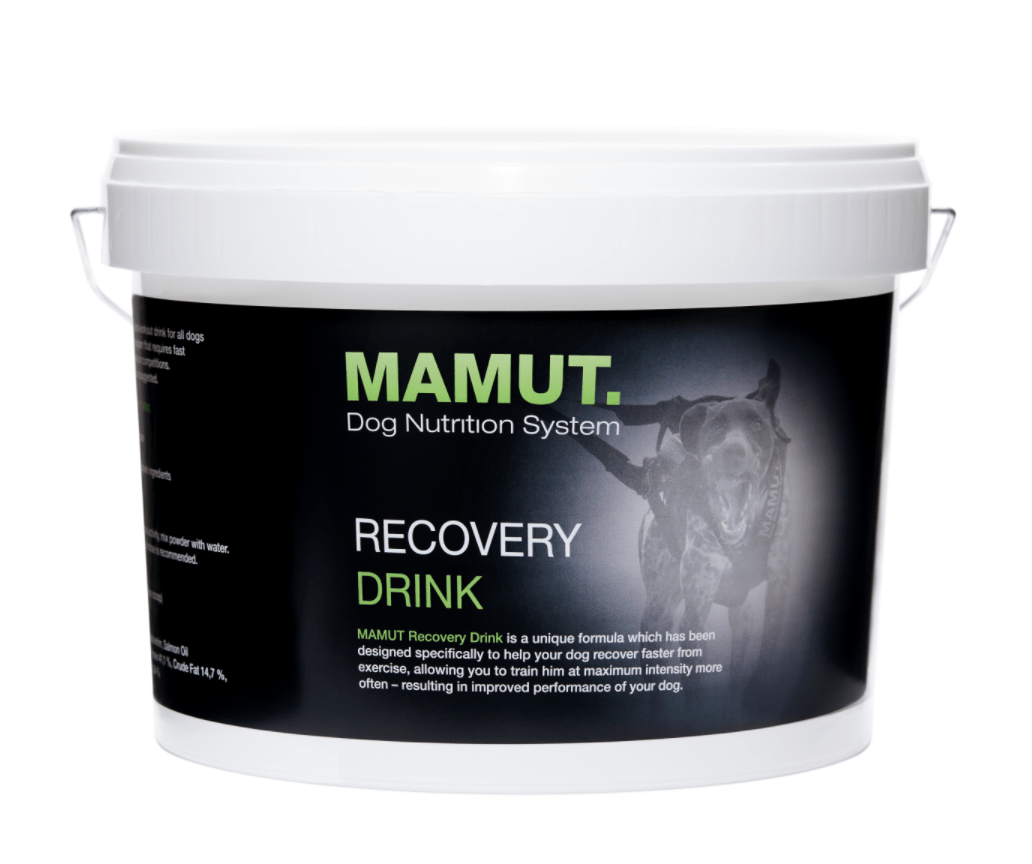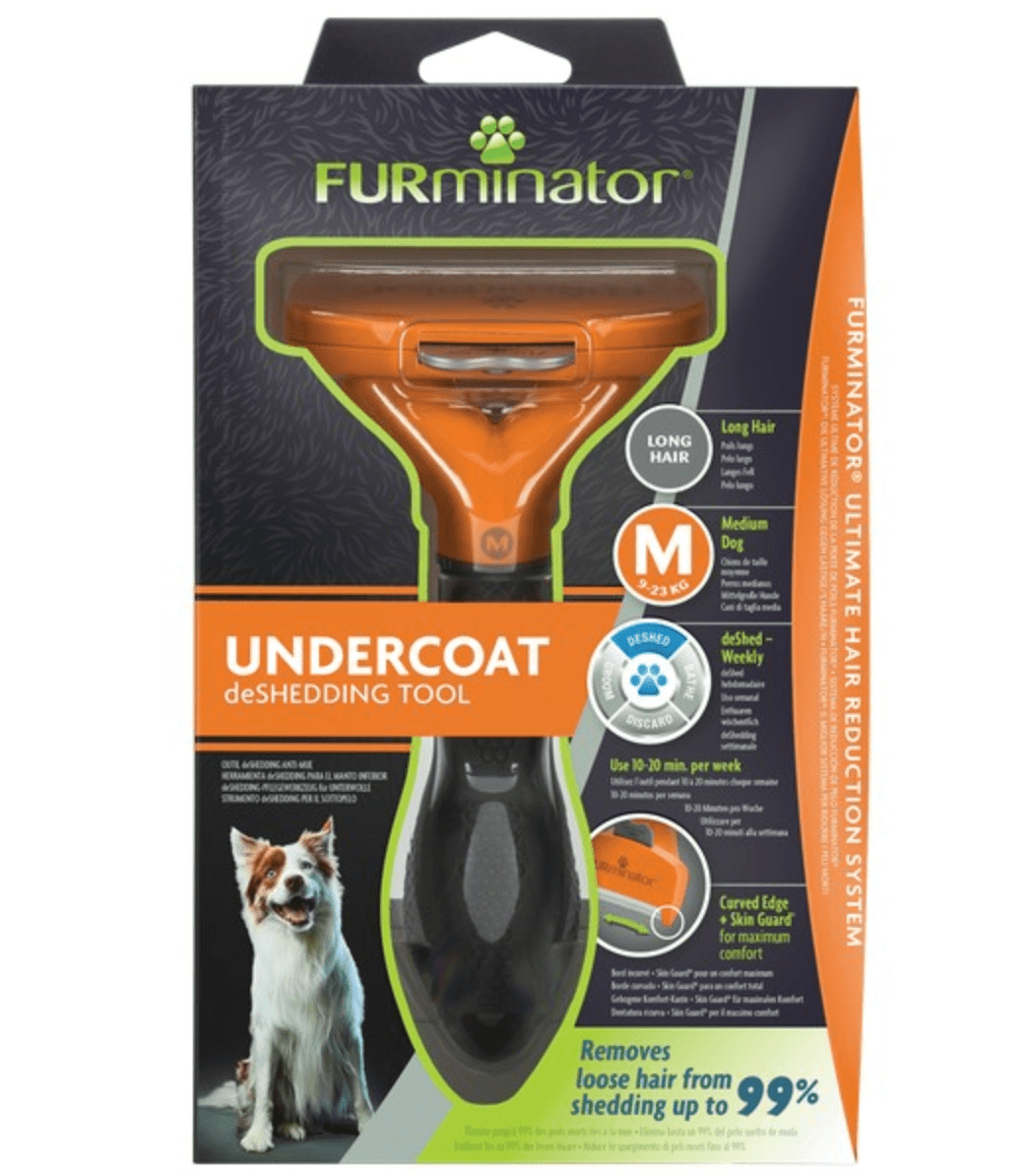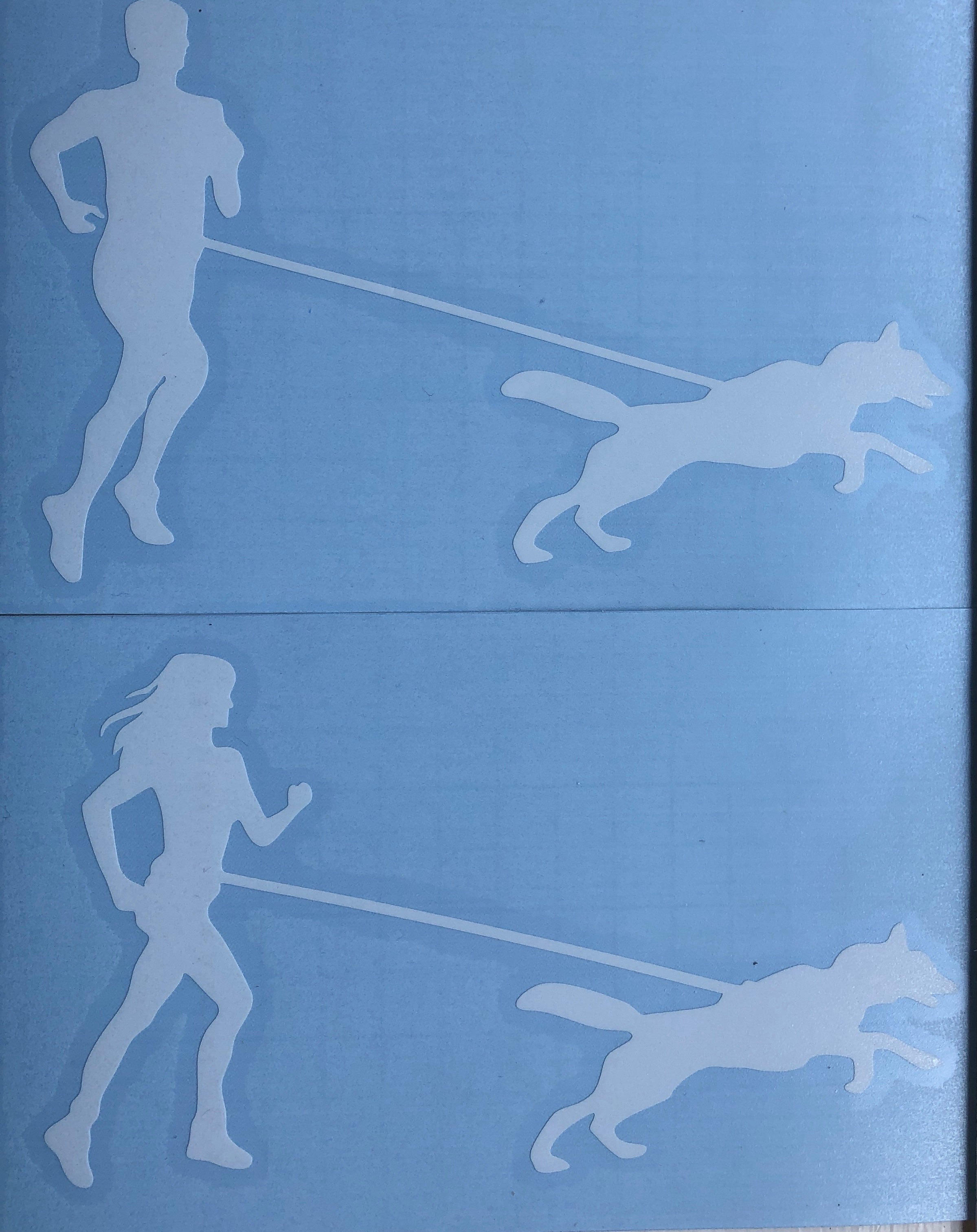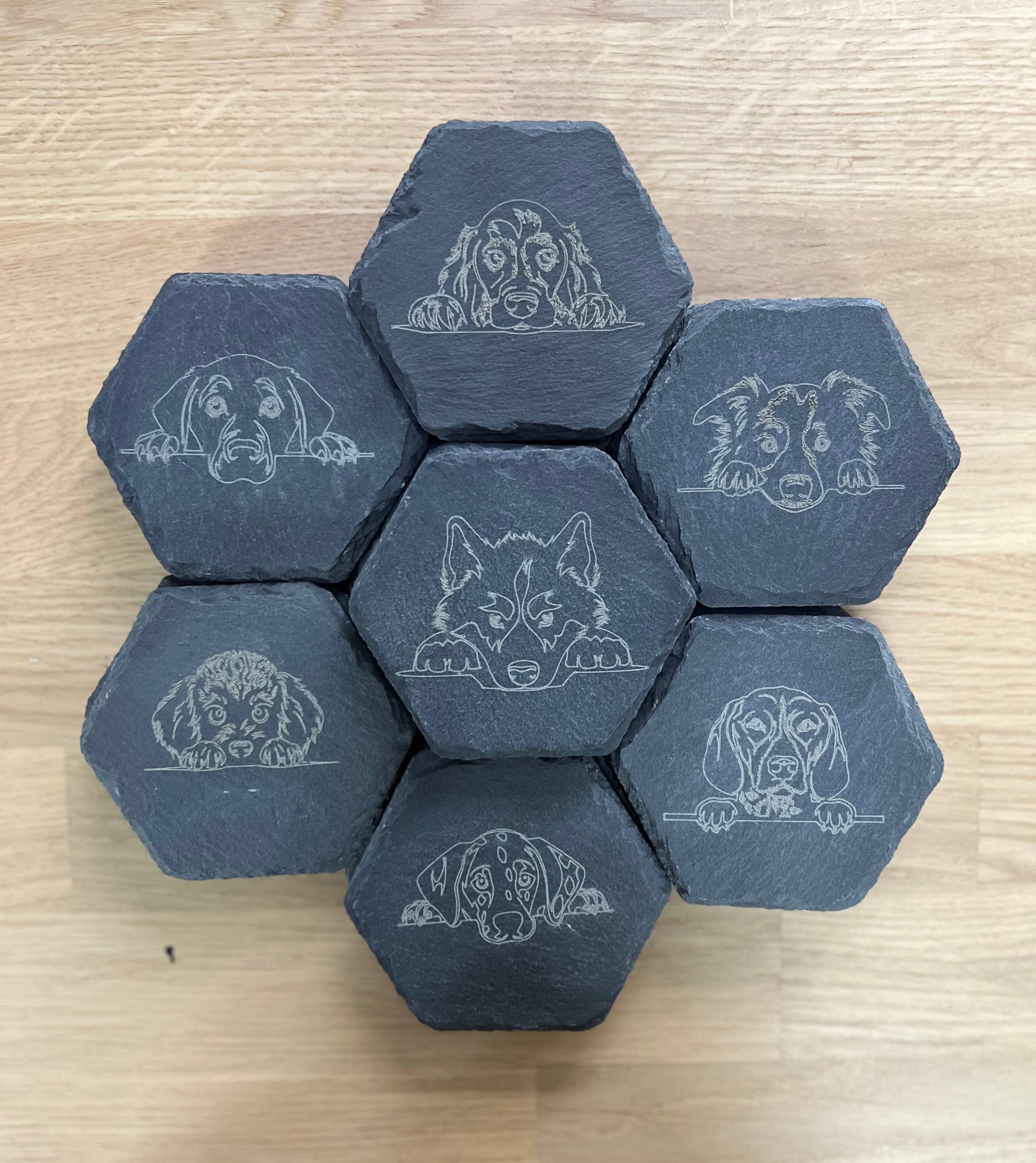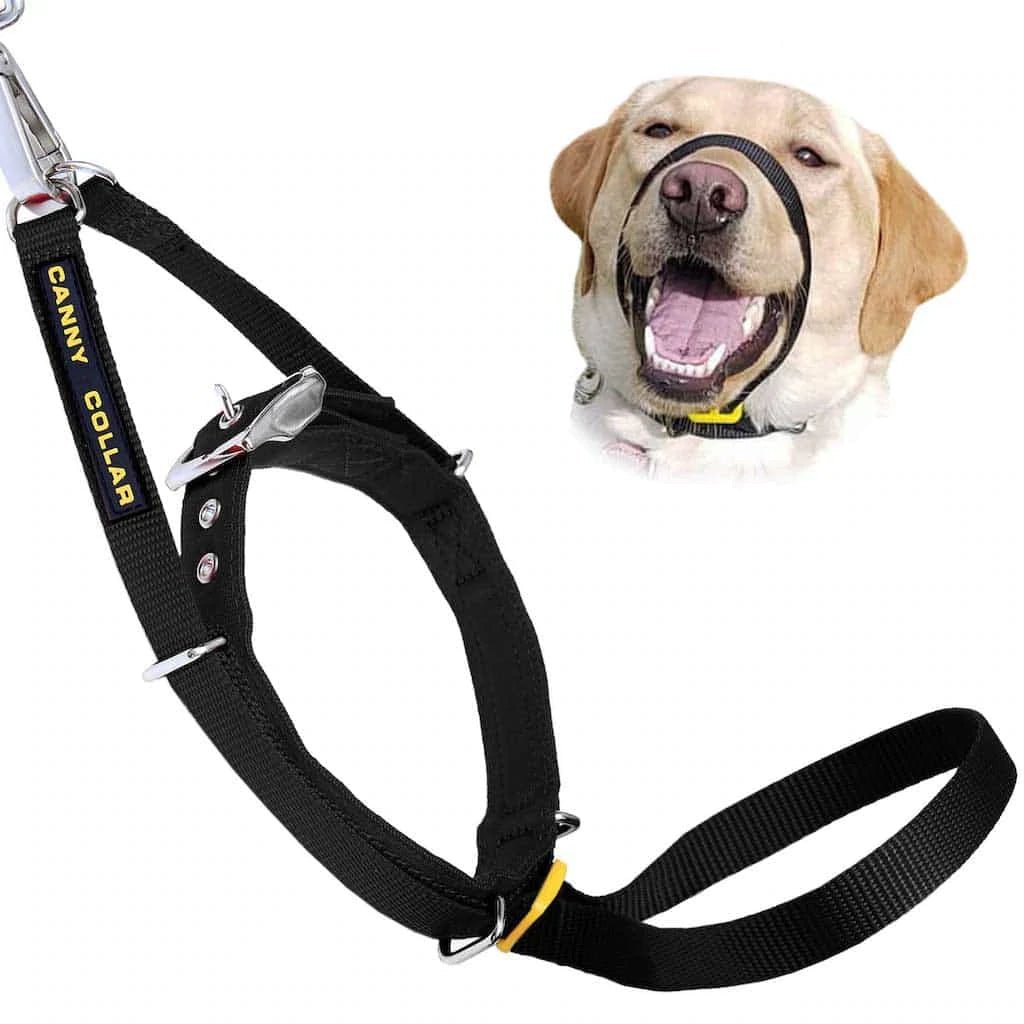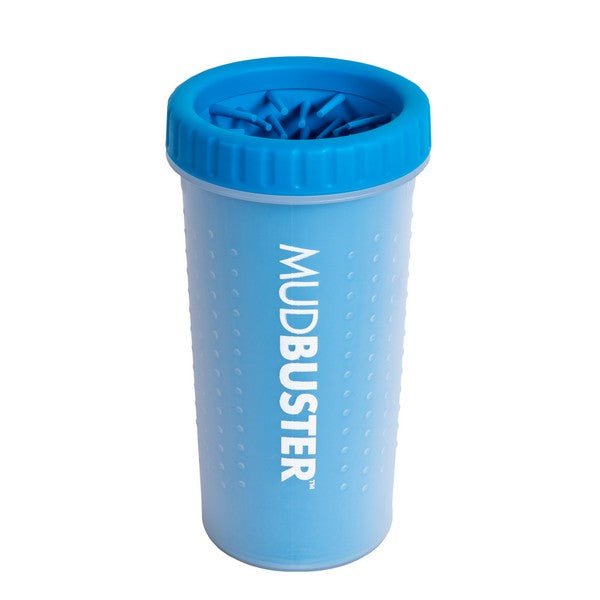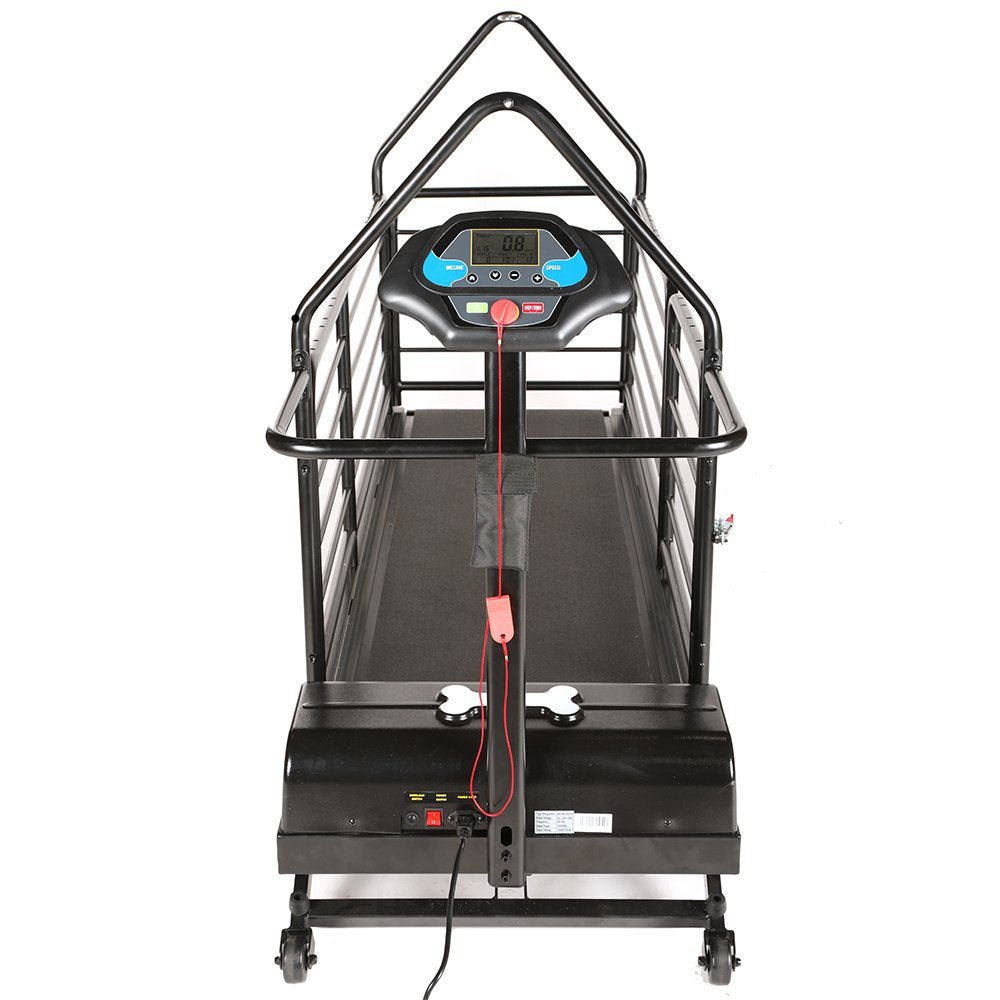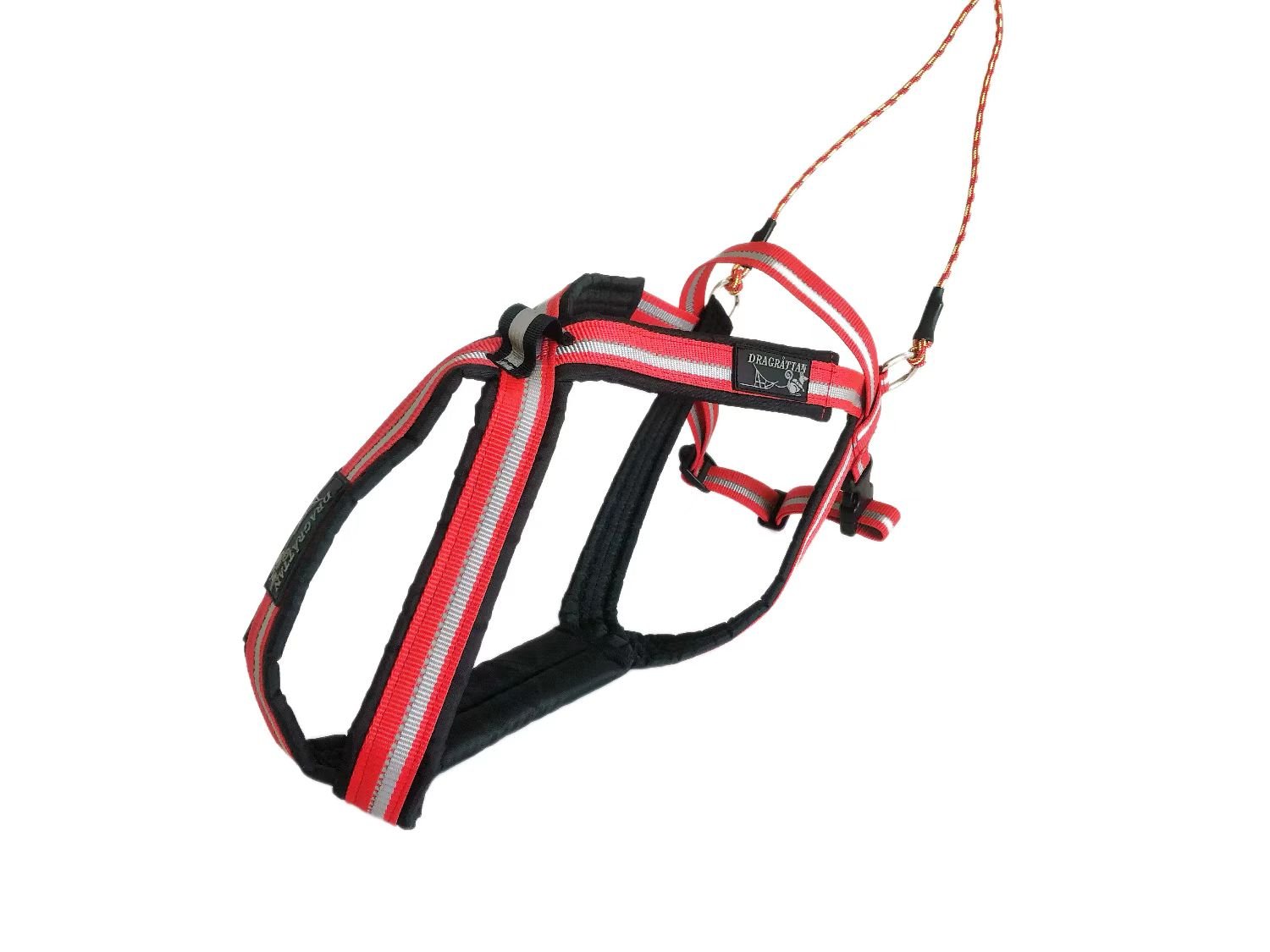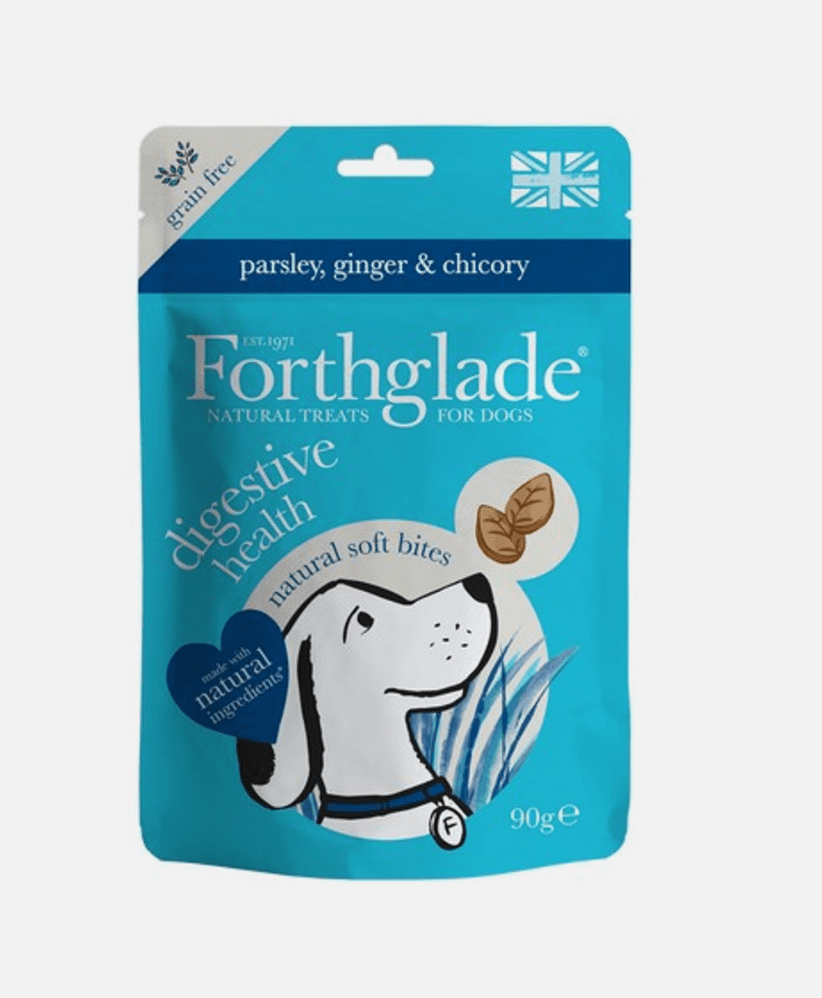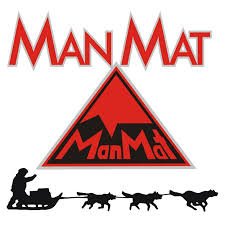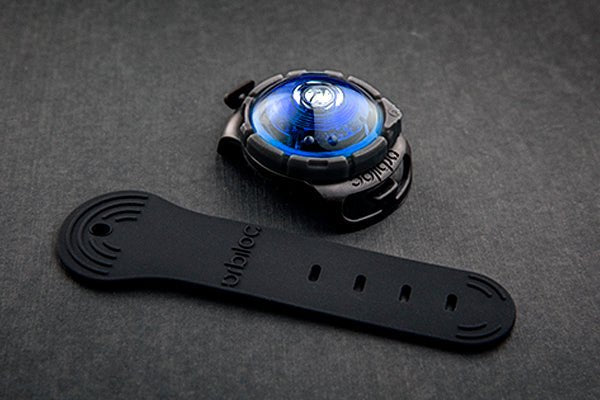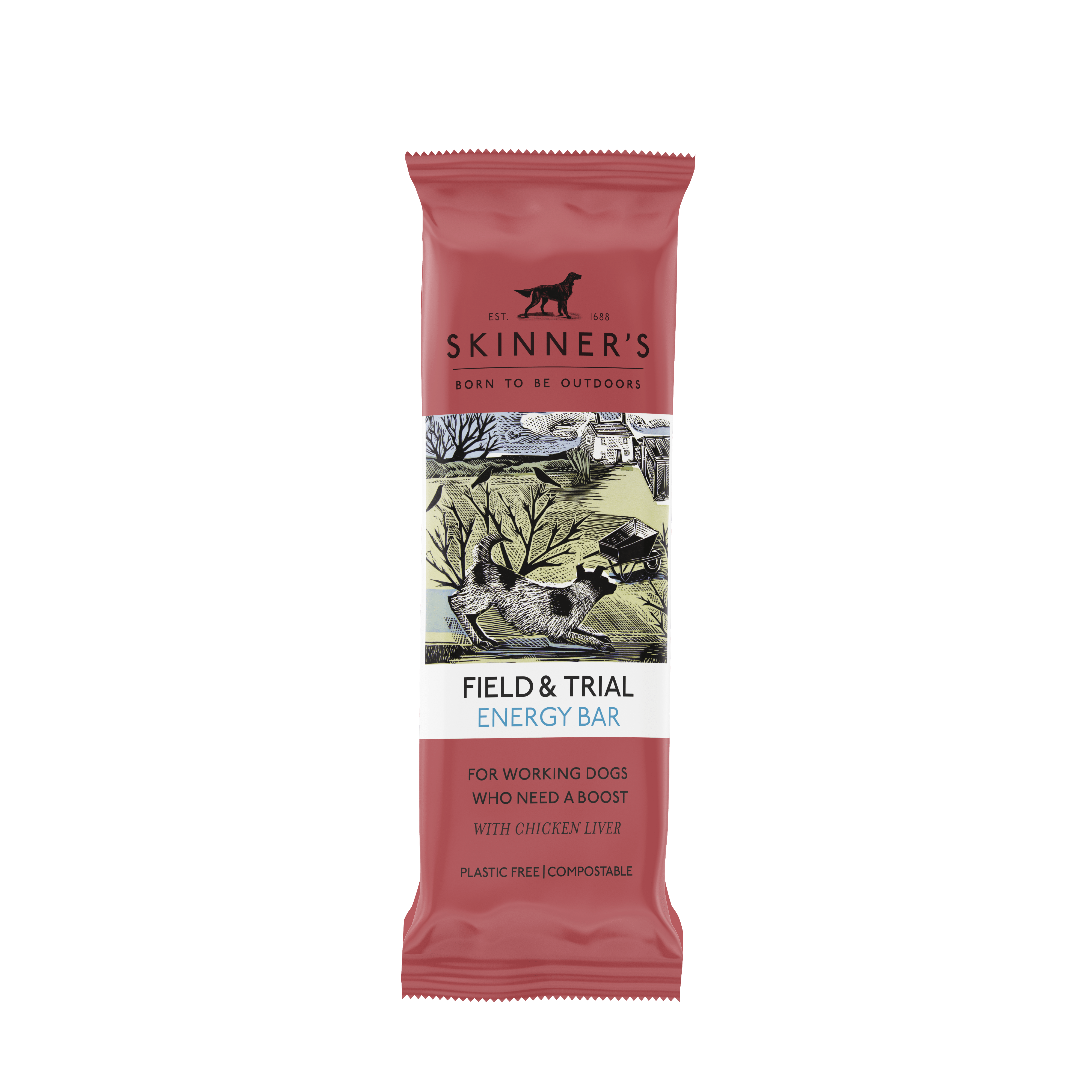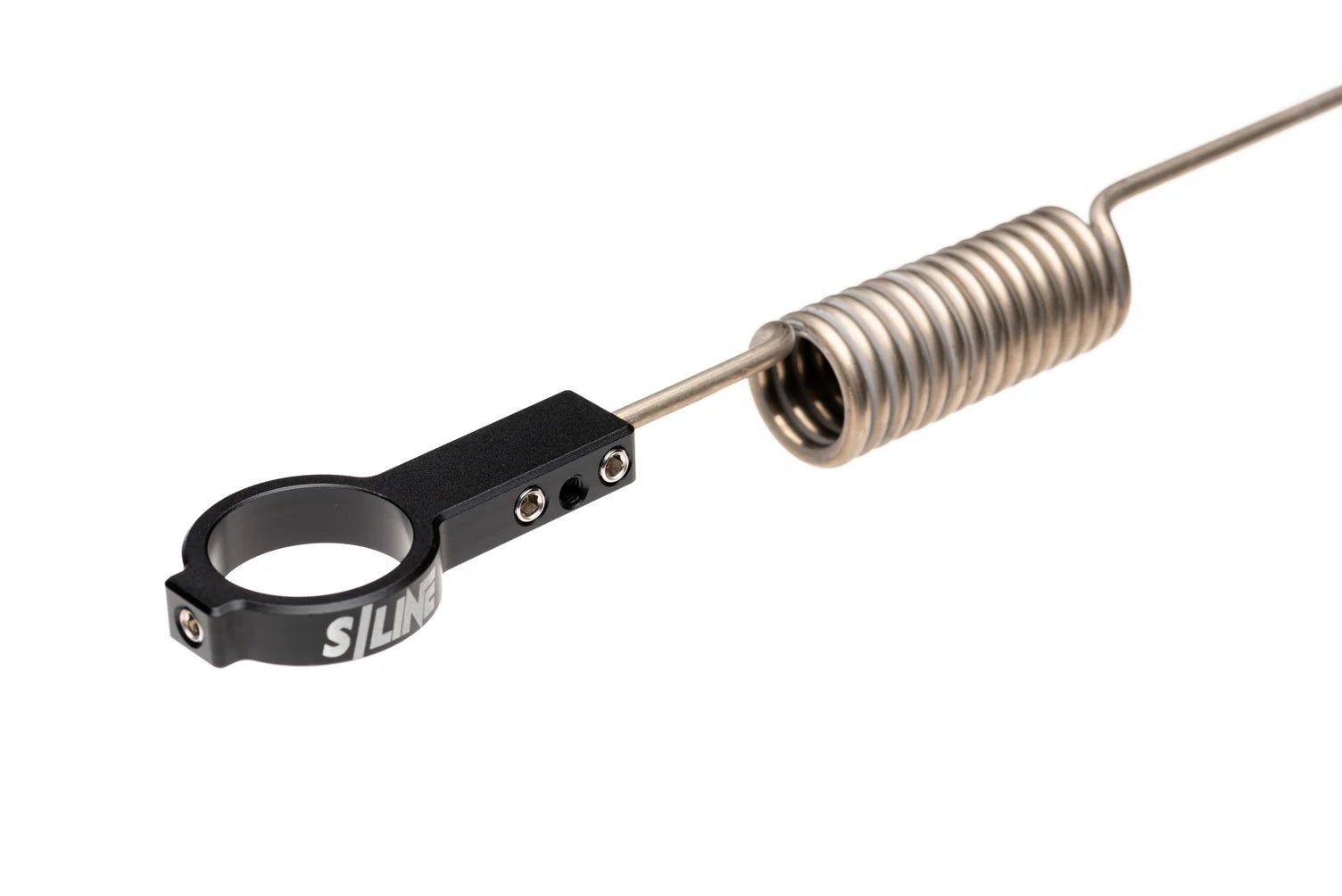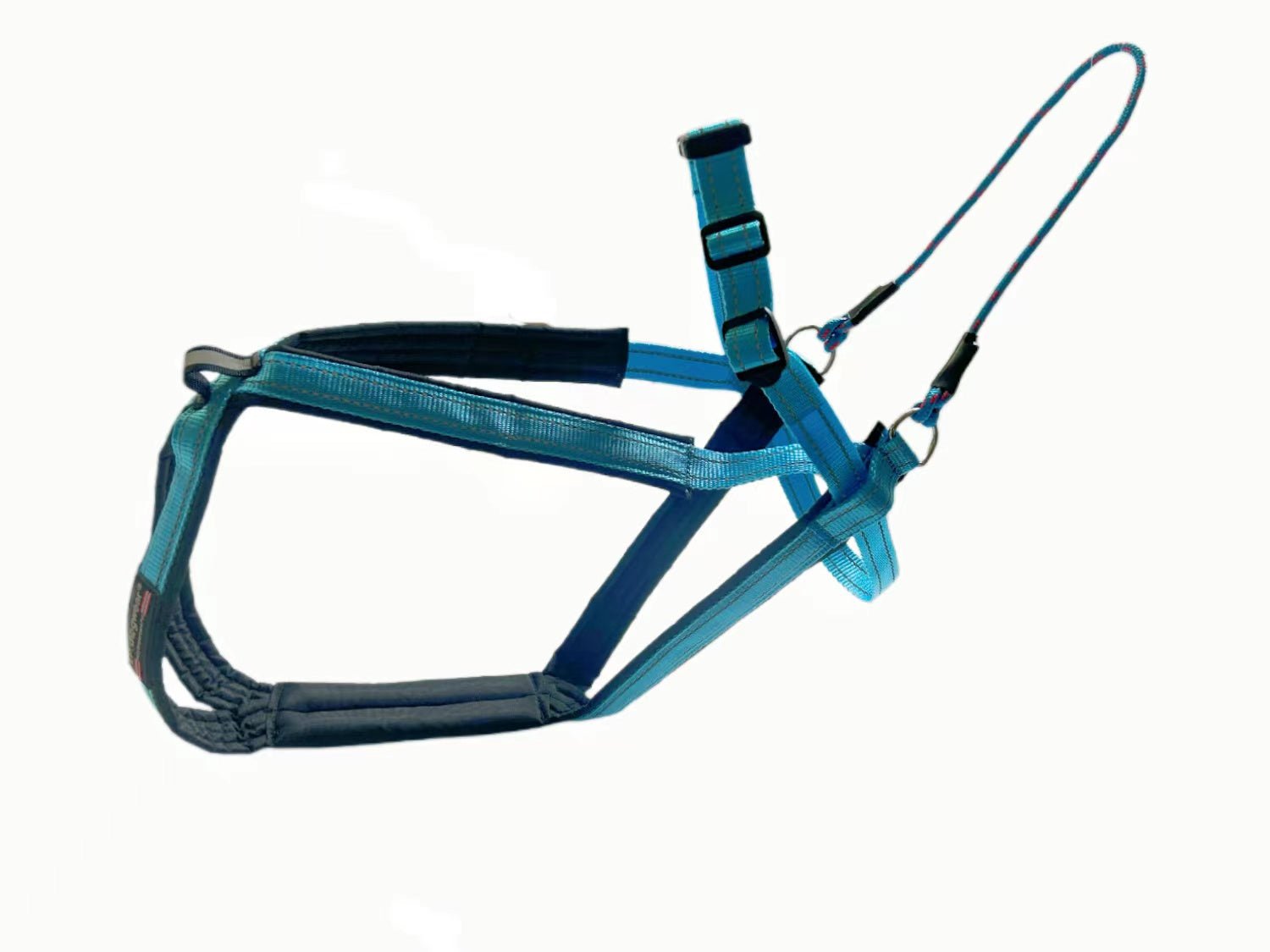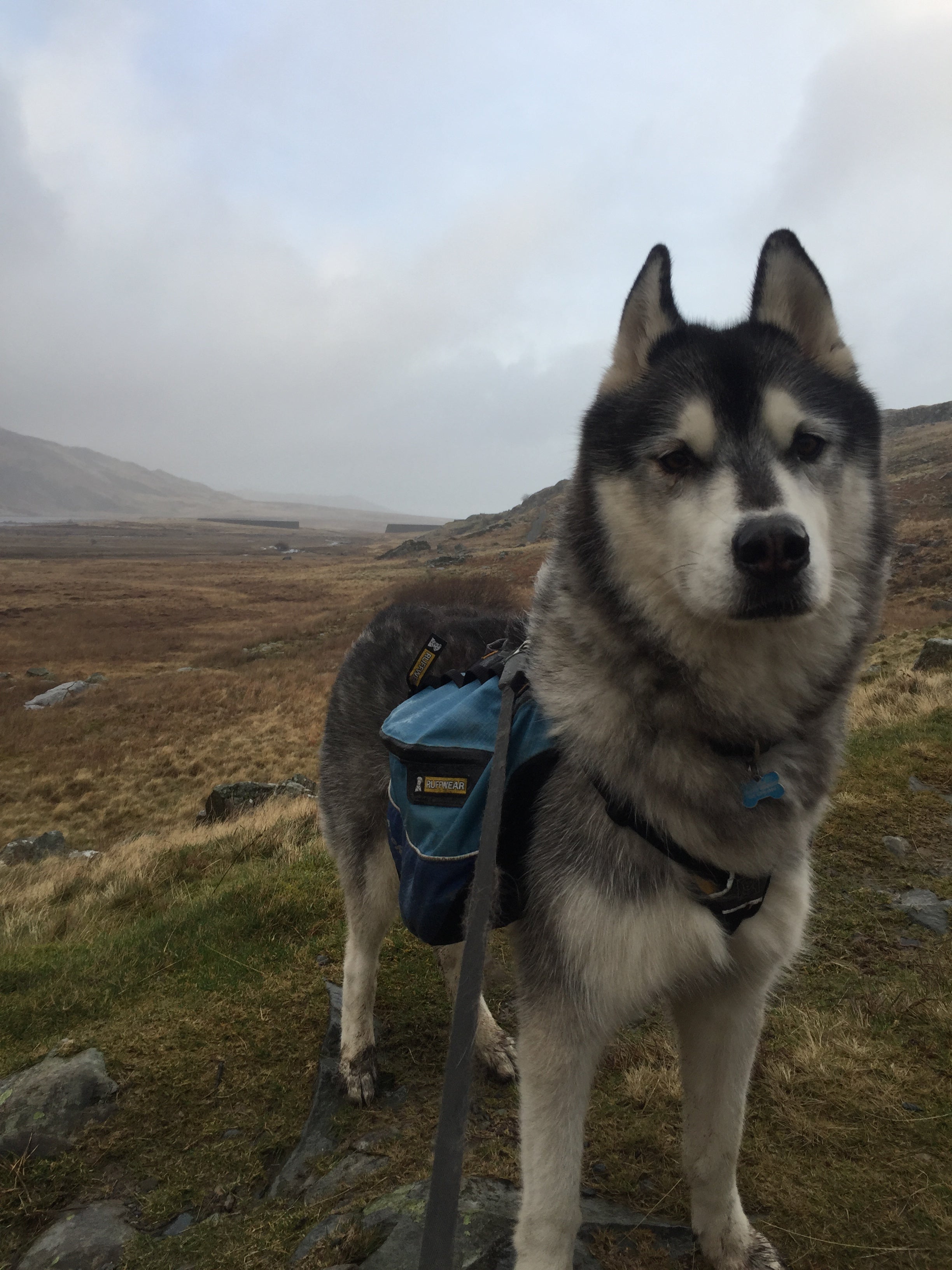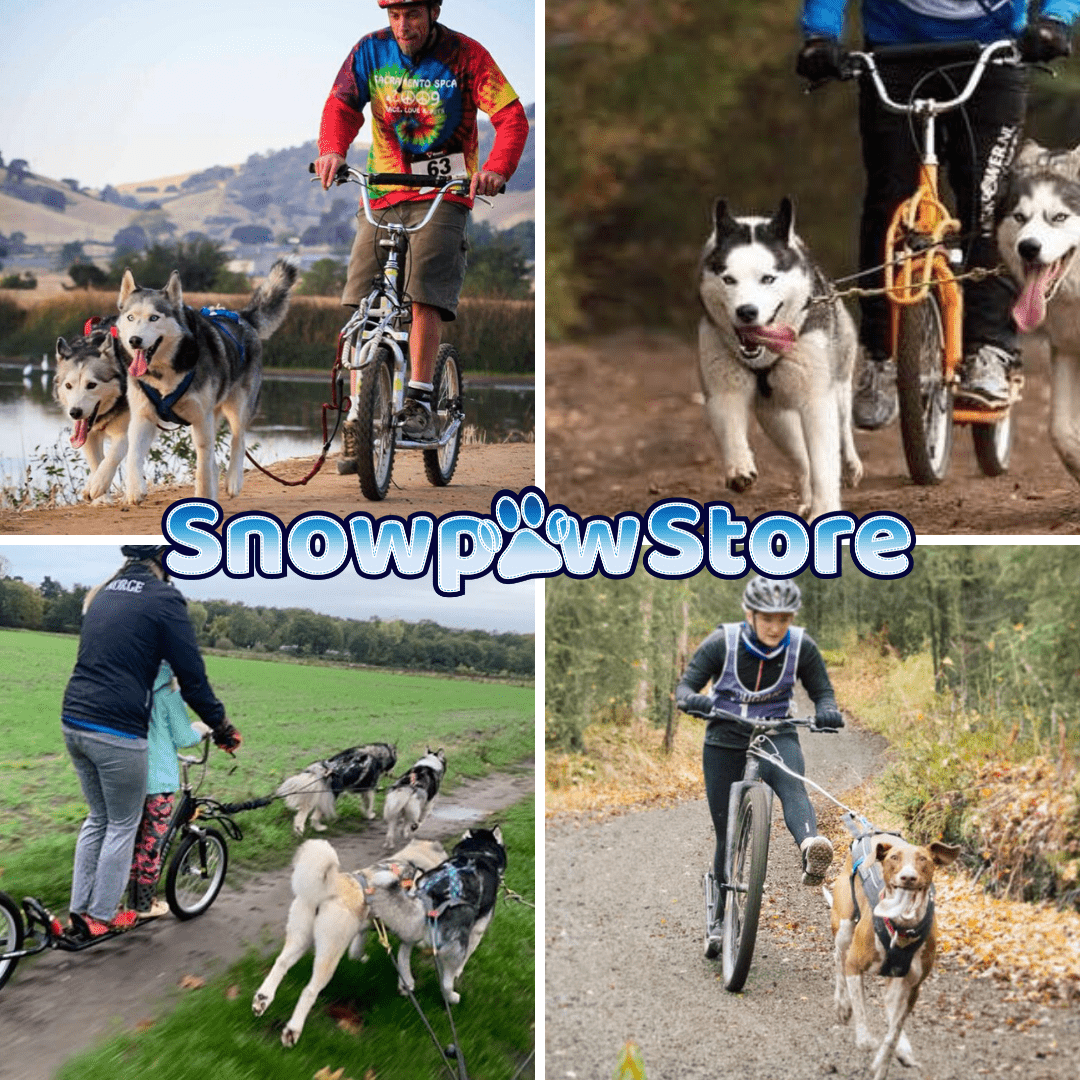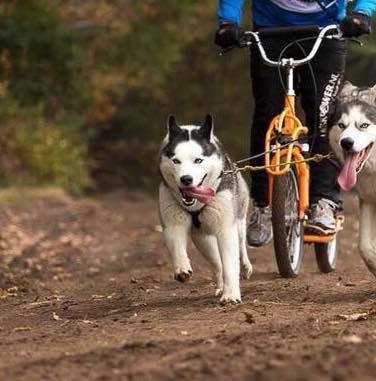Dog backpacks are a great addition to your daily dog walks and longer hikes.
There are many dogs, such as sled dogs like Siberian Huskies and Alaskan Malamutes that were bred to carry and haul – and do a job. Why not backpack? If you have a high energy dog that you struggle to tire out, why not get them to carry a backpack – having a job to do is mentally and physically tiring. If you have a dog that is difficult to walk, and pulls a lot, have you tried backpacking with them? Giving him/her a job to focus on can help making dog walks easier.
Most dogs can easily carry up to a quarter of their body weight, but Alaskan Malamutes can carry up to 30% of their body weight without breaking stride.
So how do I choose the best backpack?
There’s a few questions you can ask yourself before choosing your backpack:
1) What and how much do I want my dog to carry? If you are just wanting him/her to carry his/her water on a walk, then backpacks with smaller panniers or specific water bladders such as the Ruffwear Singletrak Pack or the Ruffwear Front Range Day Pack, will be fine for daily use.
2) Do you intend to work towards any of the Alaskan Malamute Backpacking titles on offer with either AMCUK or AMWA? If so, to what level weight do you want to aim for? More weight = bigger backpack.
3) Are you planning on doing any overnight camping on your walks? Some of the higher backpacking challenges require overnight wilderness camping – it will be easier for you if your dog can share the load, rather than you having to carry it all. Choose a backpack that can accommodate larger, more useful objects. The Amundsen Pack from Non Stop Dogwear has much bigger panniers with a large stuff sack style opening that can be easily packed with useful items.
4) What type of trails are you going to be walking on? Are there narrow paths? Are there any stiles to get over or gates to squeeze through? You may want to consider a backpack that has separate harness with removable panniers – such as the Ruffwear Palisades Pack. This will make it much easier and quicker to remove the weight from your dog when required, leaving the harness correctly fitted, and not having to refit everything each time. Removable panniers are also useful when you stop for a break – you can relieve your dog from his/her load without removing their harness.

(Photo curtesy of Luponooshka)
What size backpack do I choose?
Most backpacks are fitted according to the weight of your dog, and can be adjusted through a range of size fittings.
Fitting of the dog backpack
A dog backpack should be carried on the shoulders of your dog, not across the back. The dog’s strength comes from the shoulders; any weight sitting across the spine may cause injury and discomfort to your dog.
Check to see how the backpack is sitting. Different style backpacks suit different shaped dogs, and there is not just one backpack that suits all. You need to ensure that the panniers of the backpack do not sit too low – you don’t want them to rub of the back of your dog’s front legs. Check the strap that secures the backpack is not sitting too far forward and rubbing behind the front legs or along the chest bone.
When loading the pack, make sure the weight is evenly distributed on both sides, and any awkward shaped objects that you may put inside are padded or cushioned, and on the outer edge of the pack, to avoid poking into your dog’s side.

(Photo curtesy of Luponooshka)
Starting out
When looking at starting backpacking with your dog, you need to ensure that your dog is fit and healthy, and that they have no underlying health problems which could prevent them from being able to carry a load on their back. It is advised to start off slowly and take the time to allow your dog to get used to an empty or lightweight backpack – I usually suggest putting a rolled up towel in each side as this gives bulk but very little weight. Your dog may be unaware how wide he/she is suddenly and be surprised when they brush up against the fence that is usually much further away!
After a few weeks you then start adding light items and continue to increase the weight slowly until your dog reaches the desired weight. It can take a number of months to get the weight up – please do not rush into it too quickly.
Backpacking is easy to start – all you need is a backpack for your dog – and away you go to explore the great outdoors together!
Have fun!


